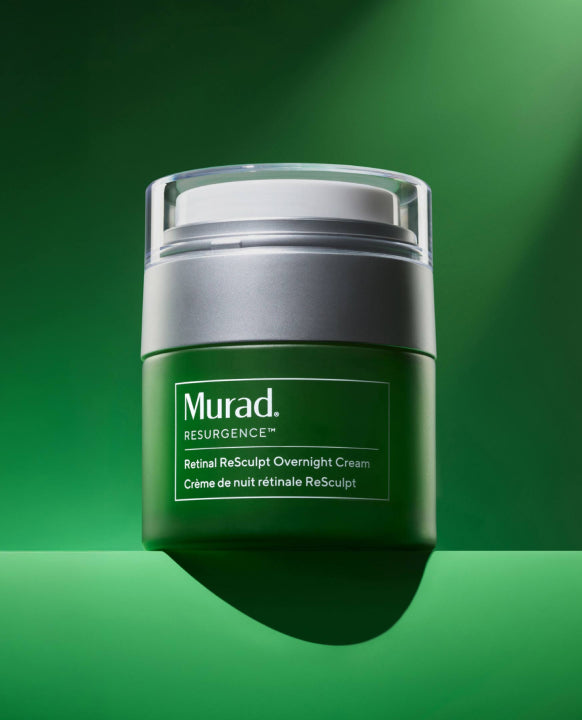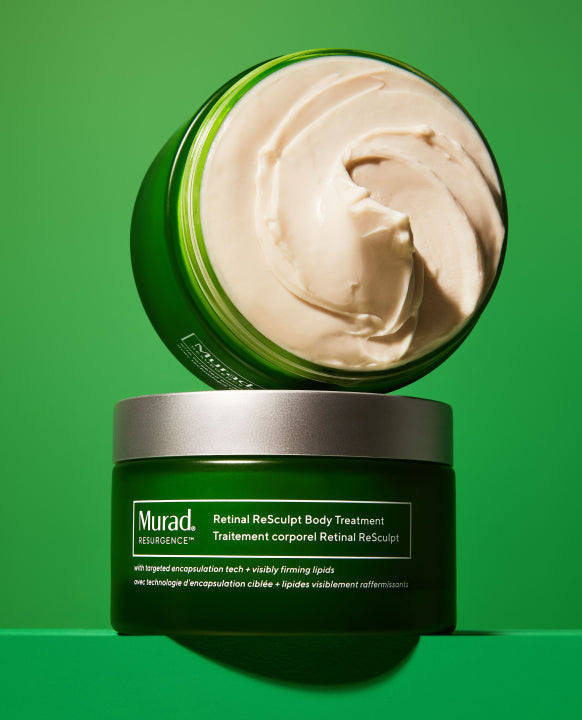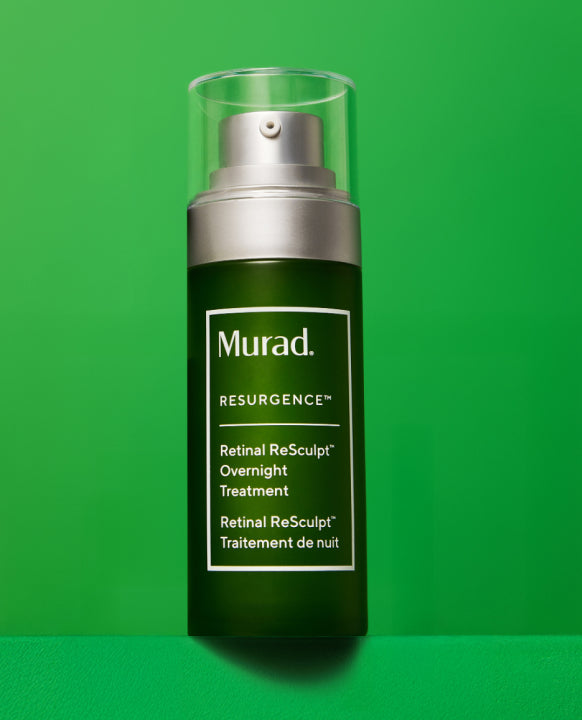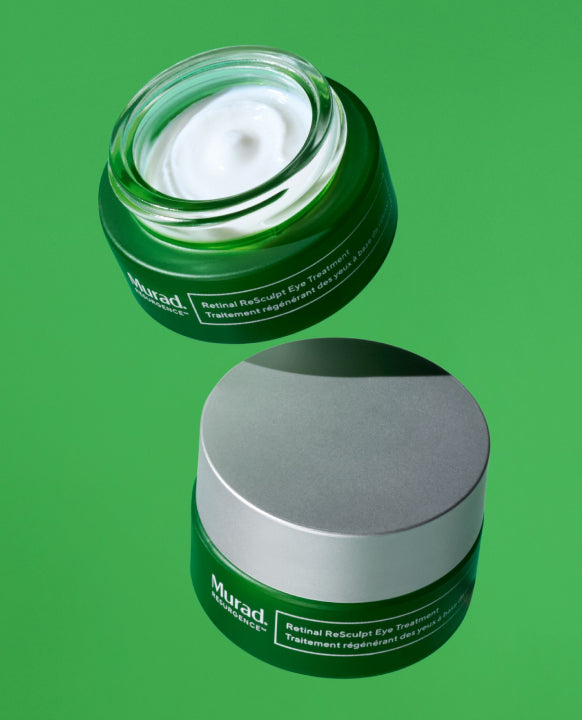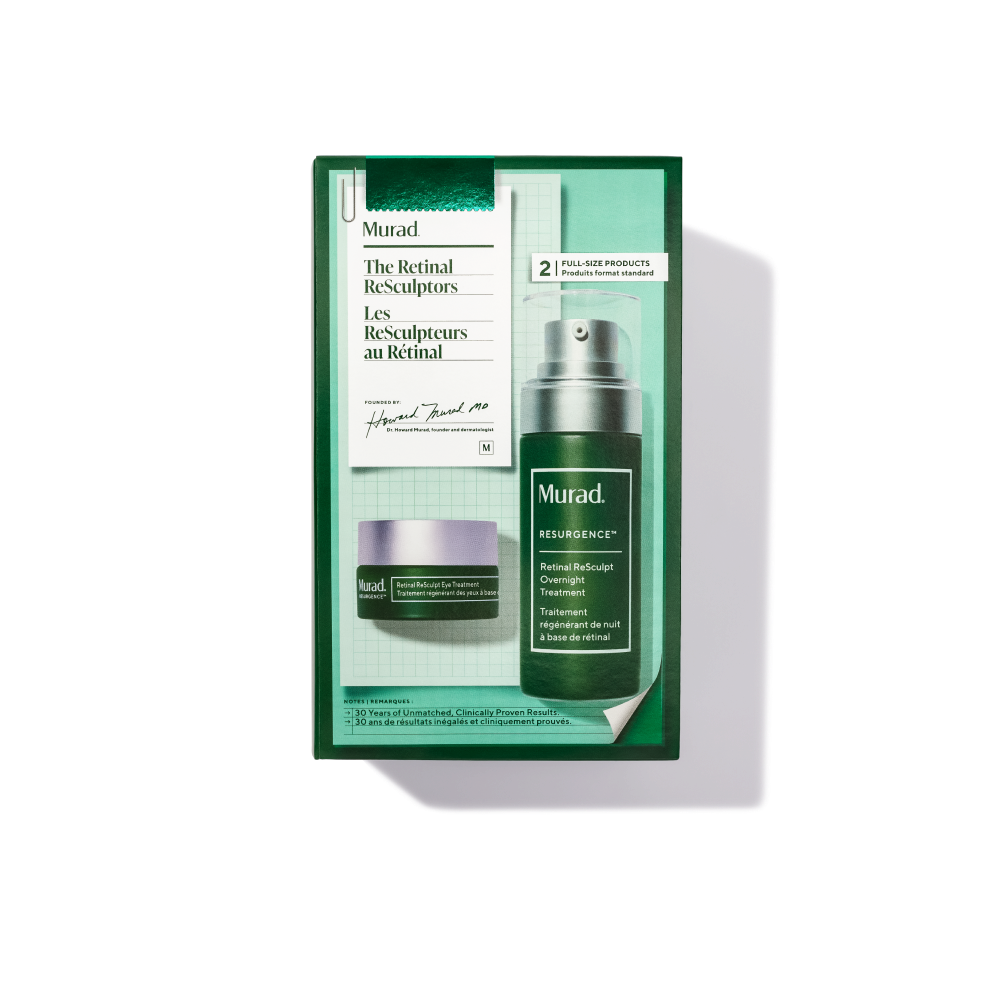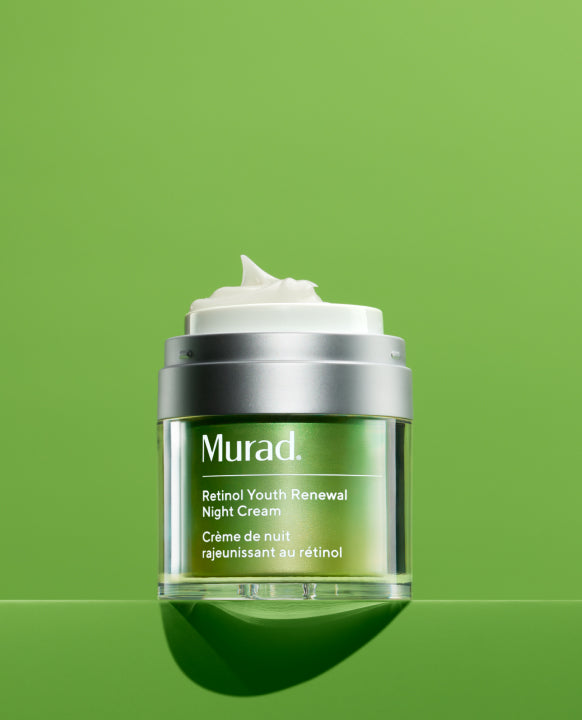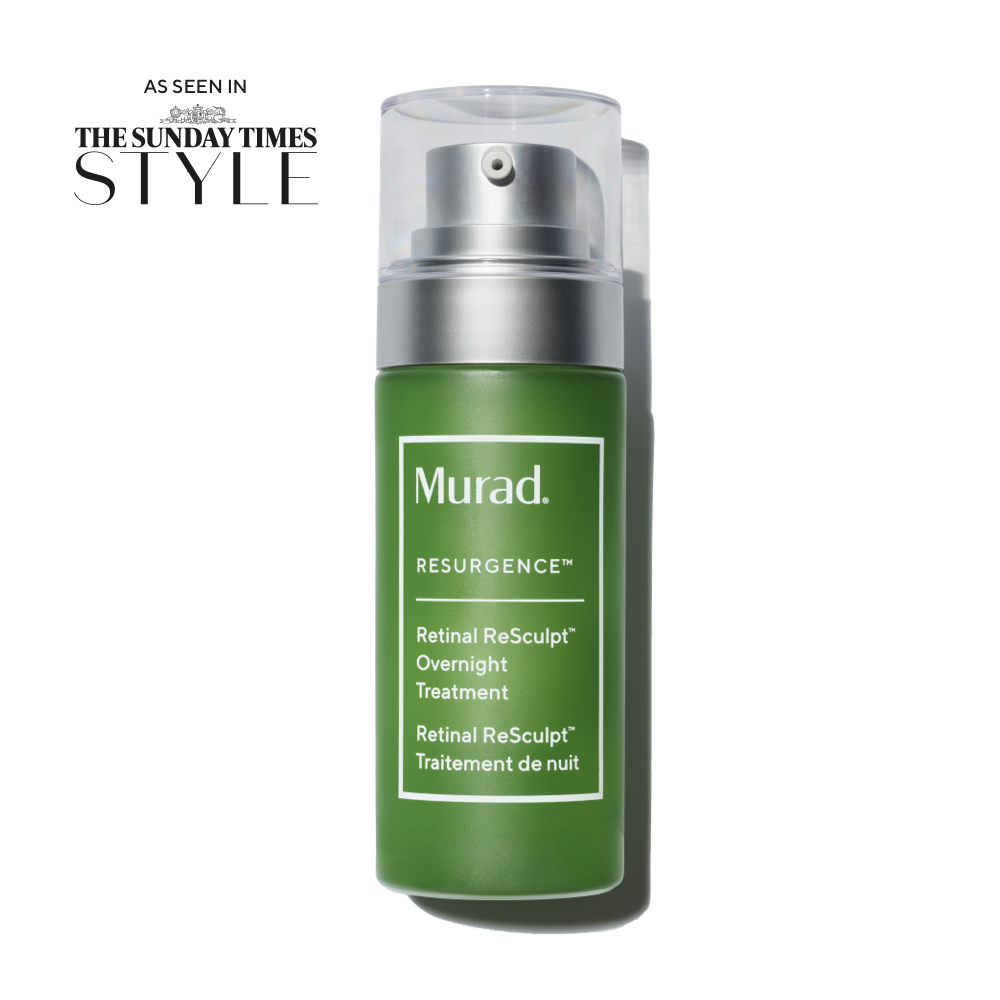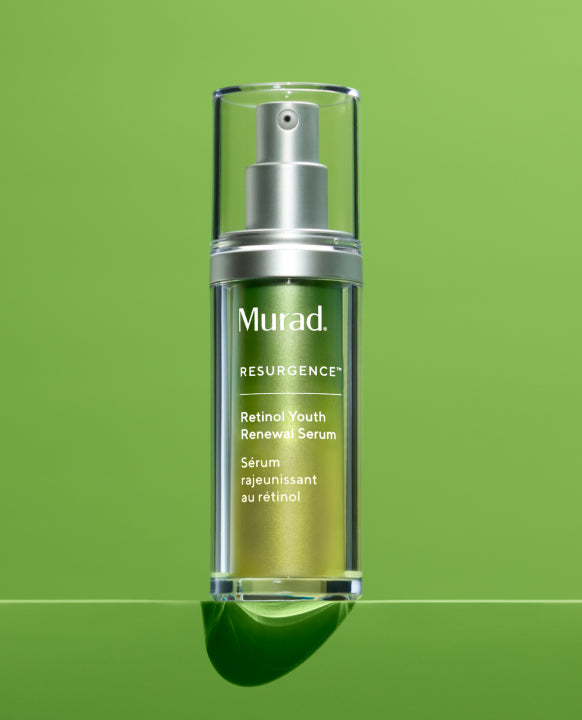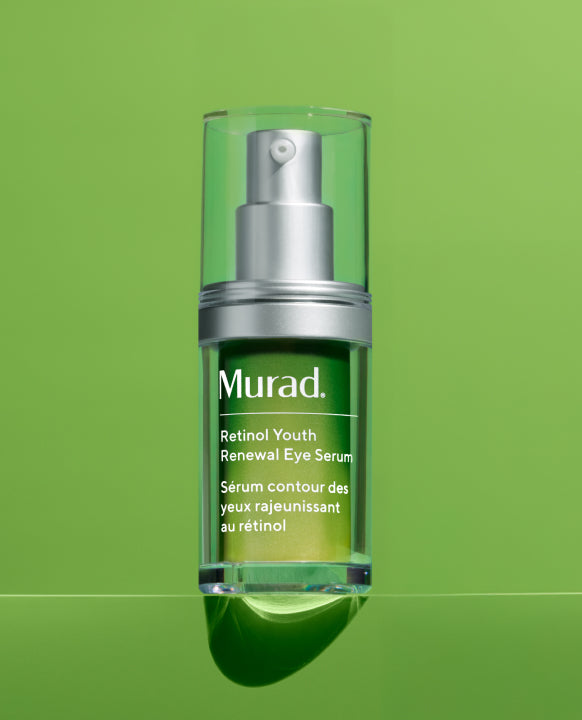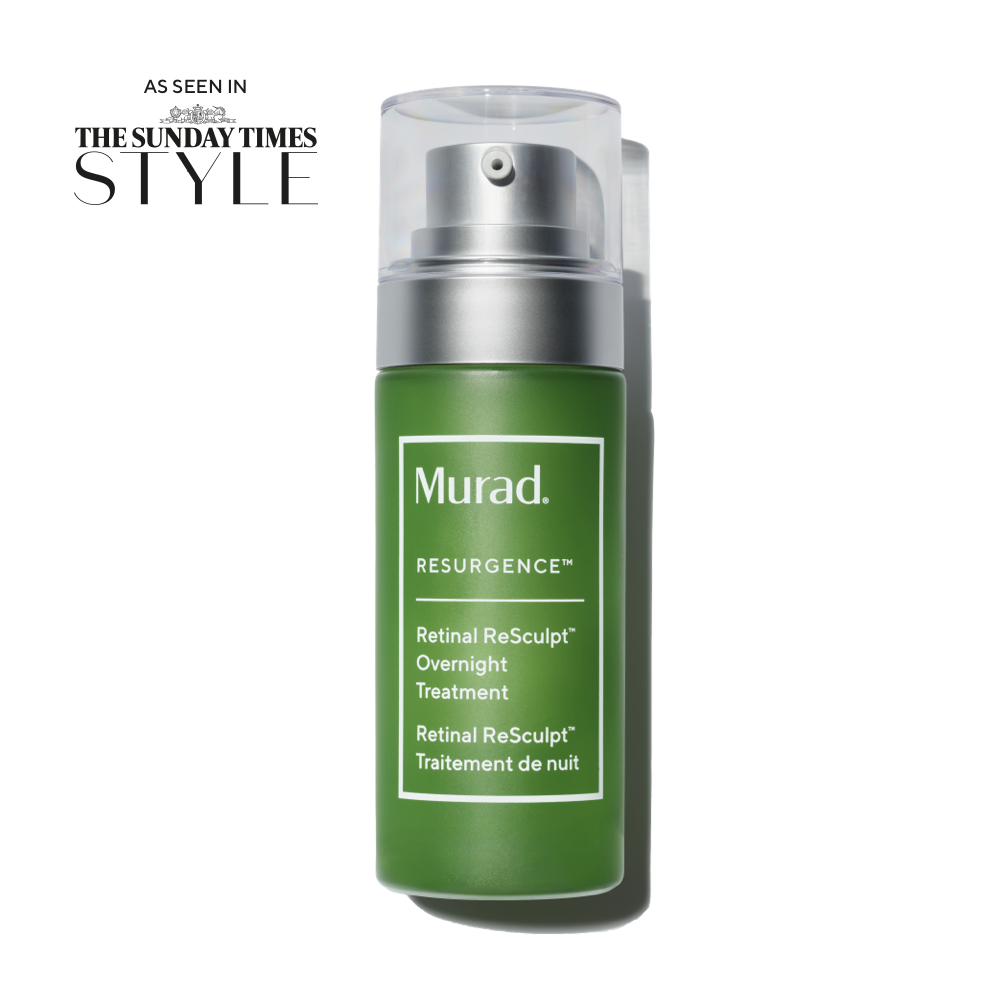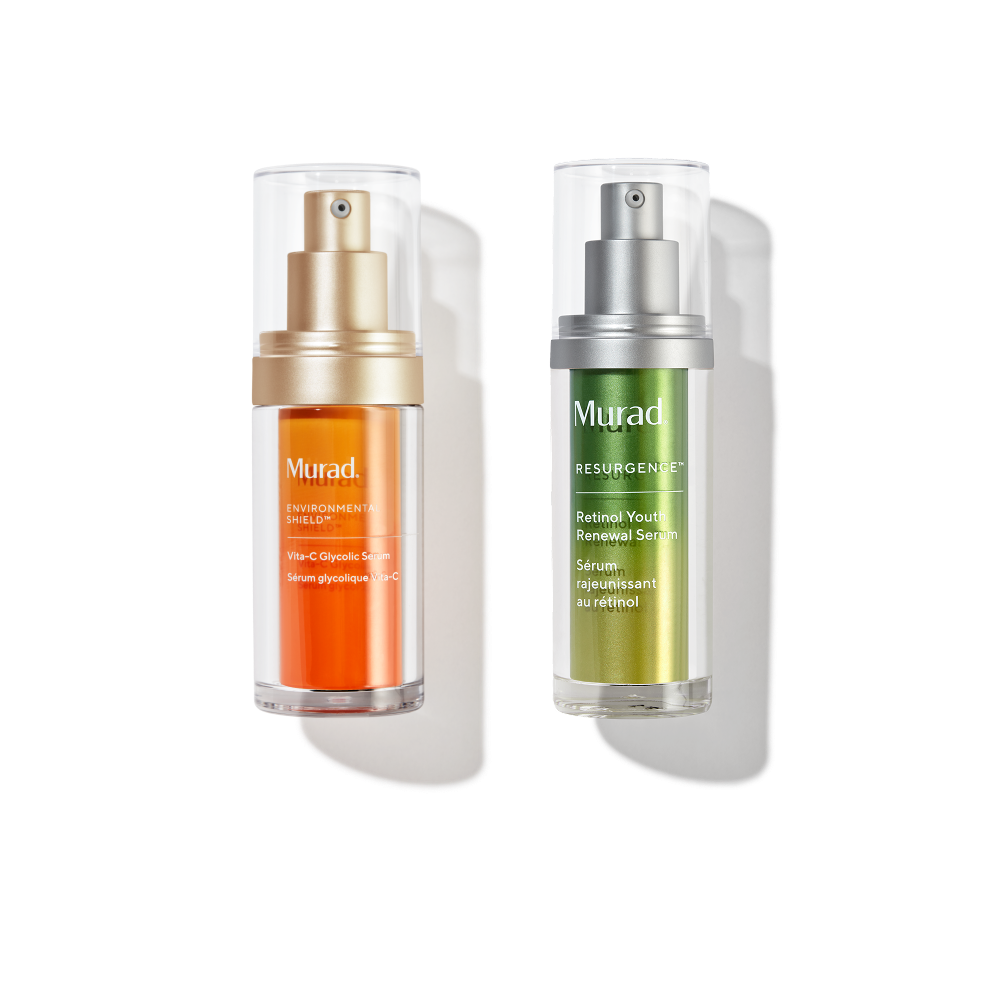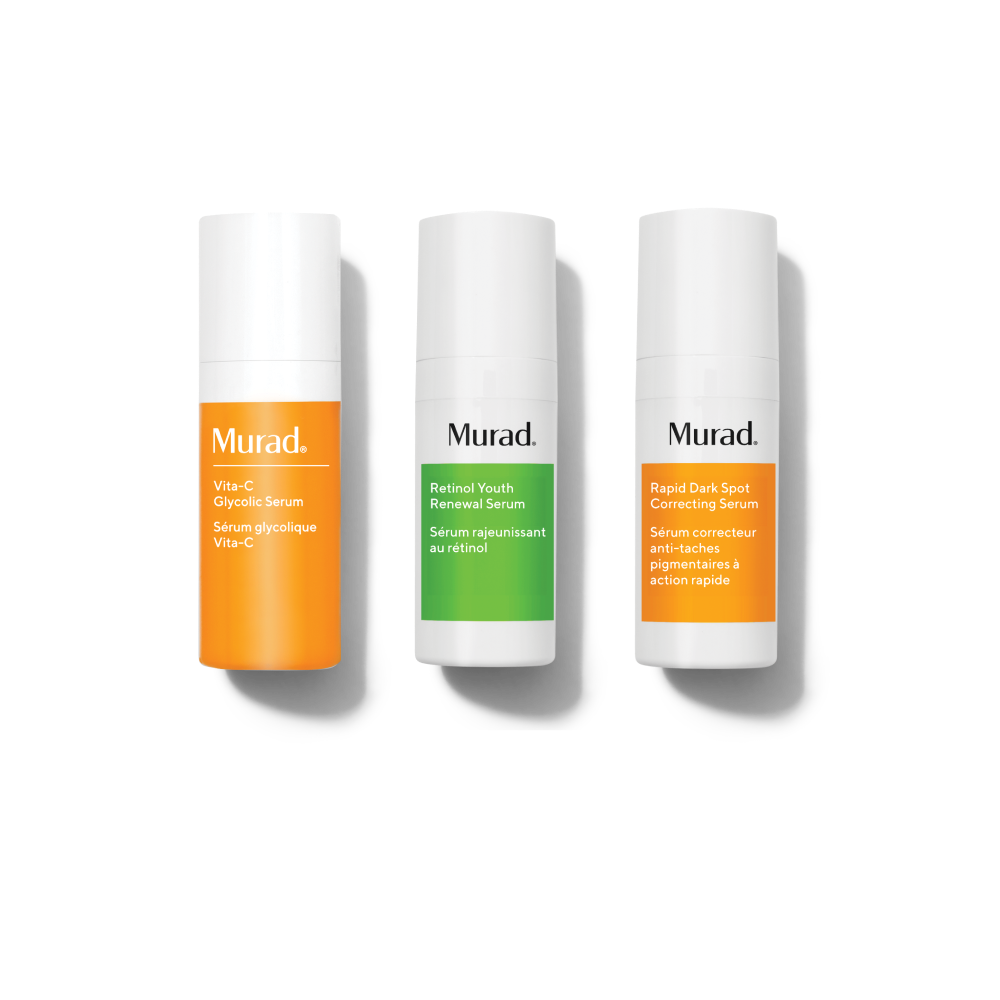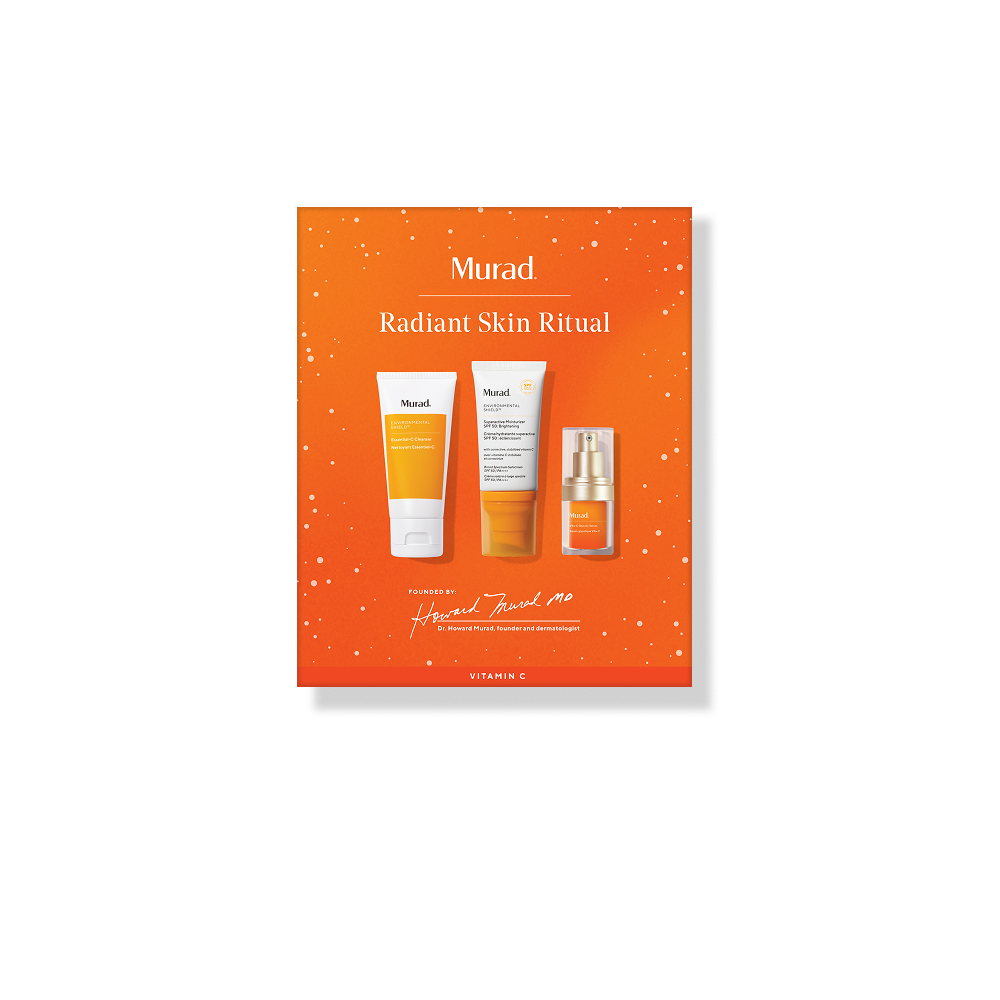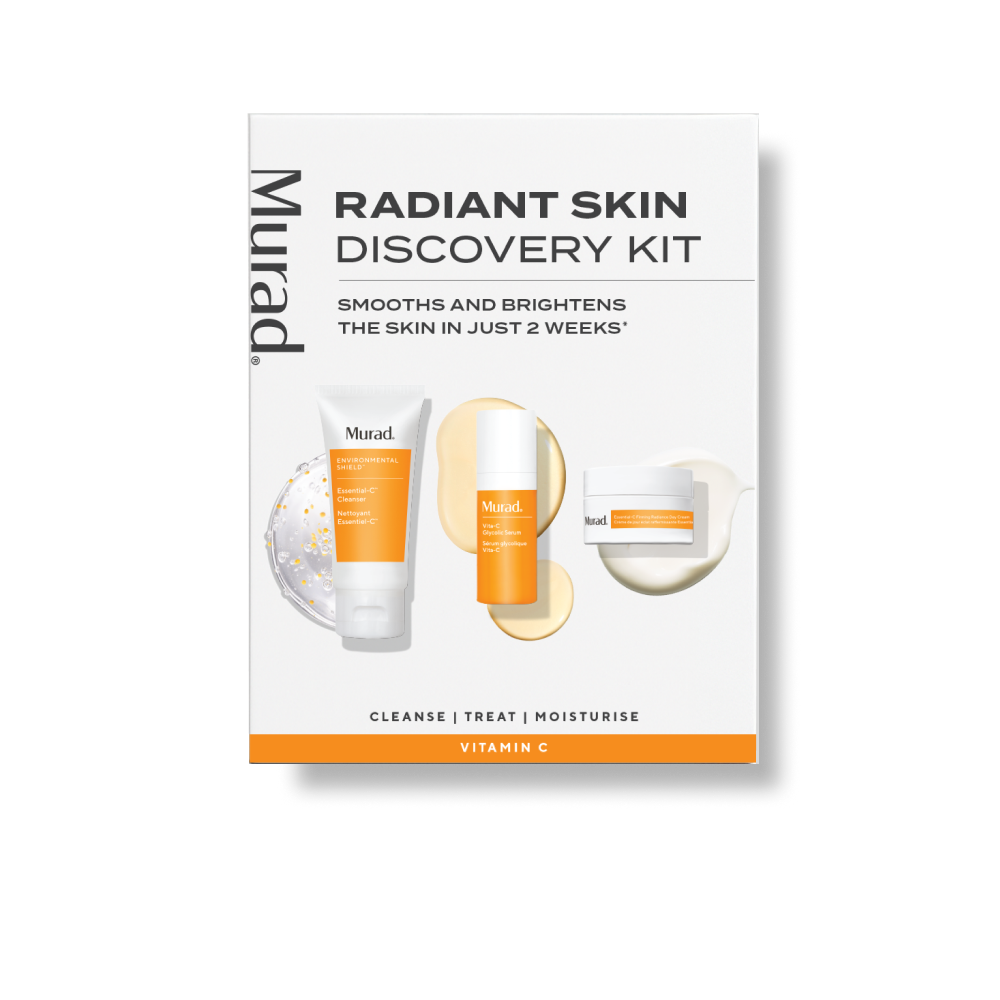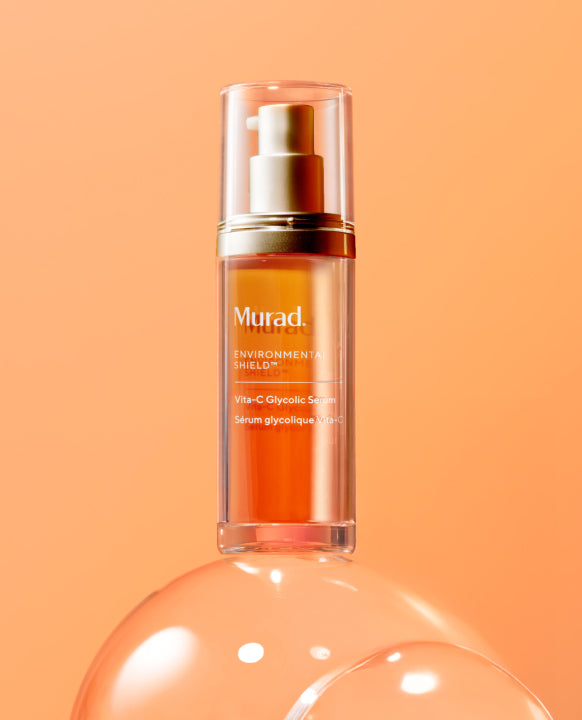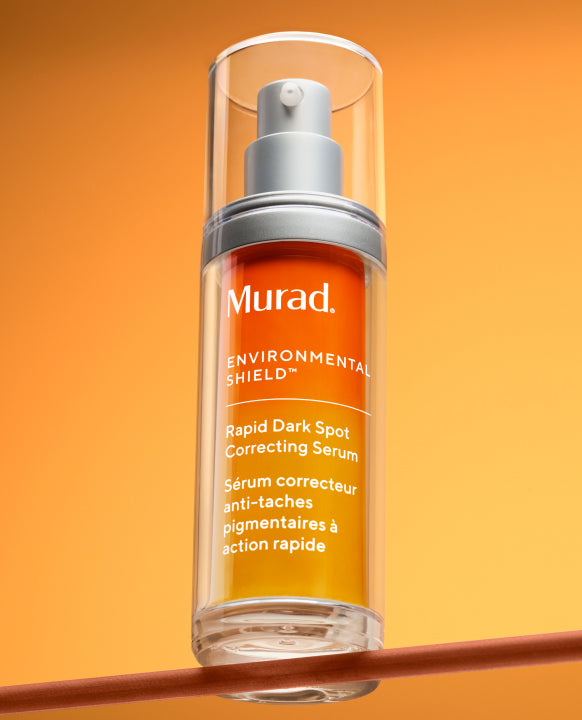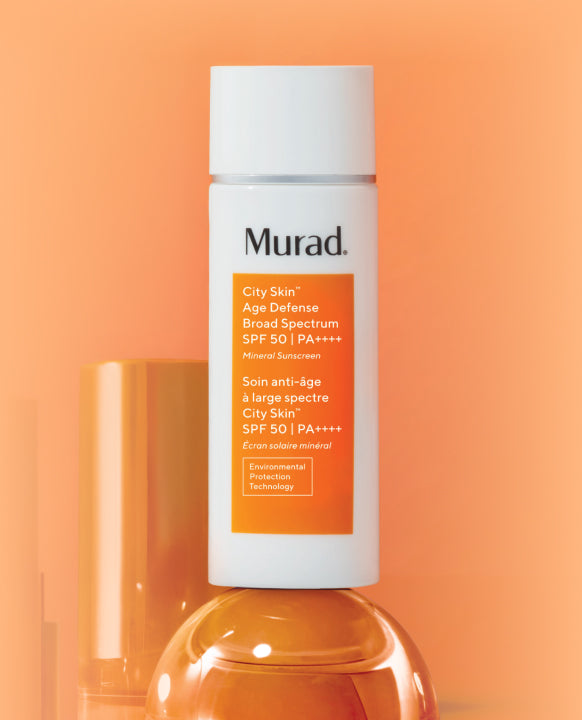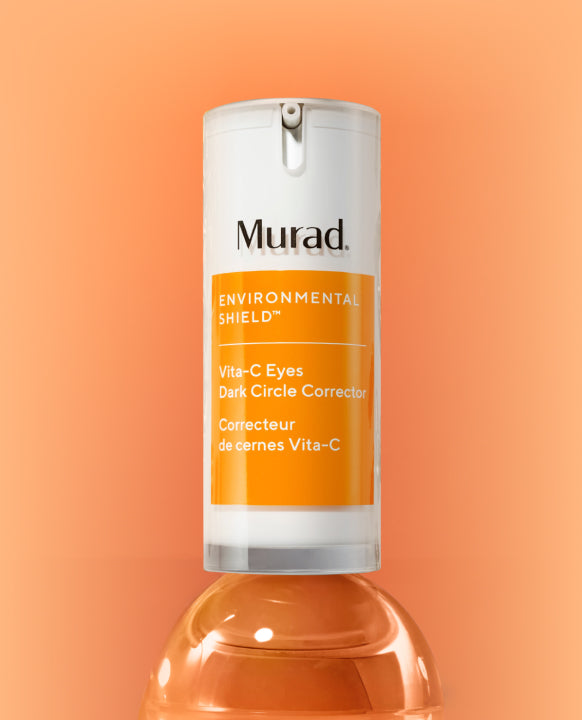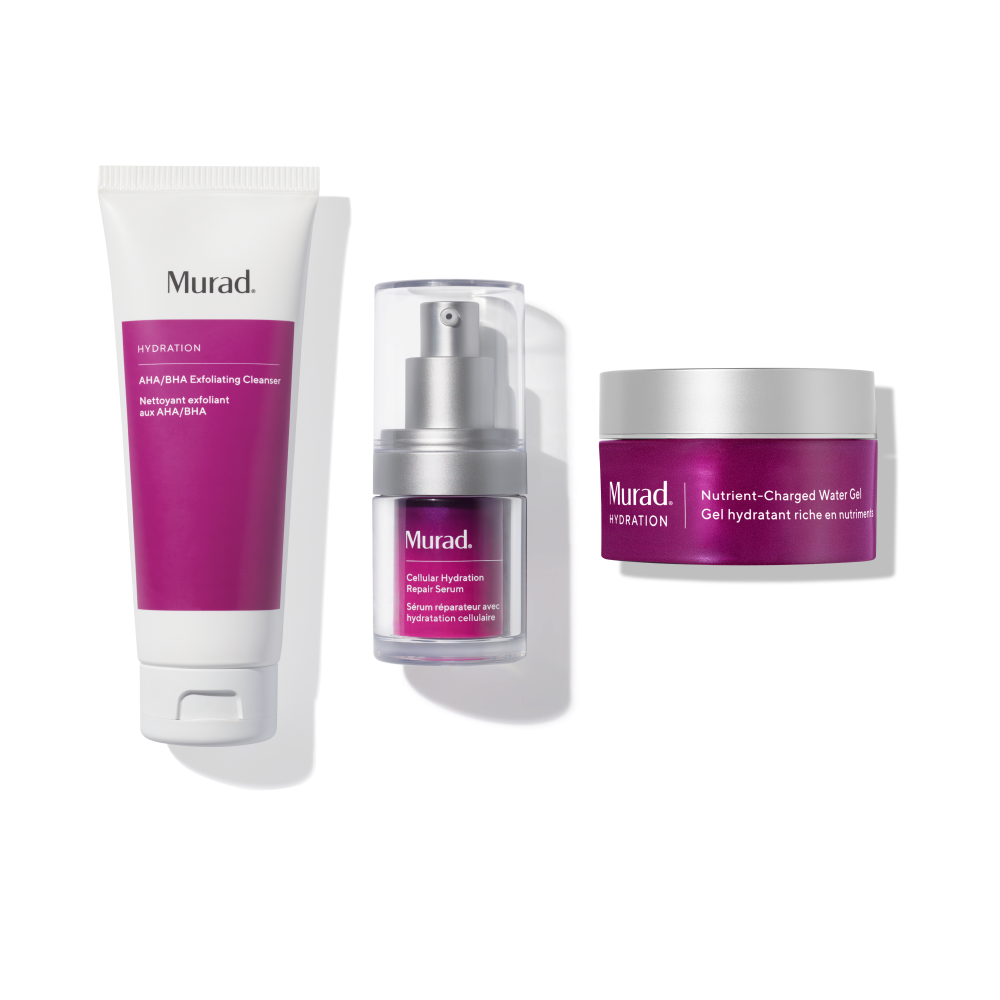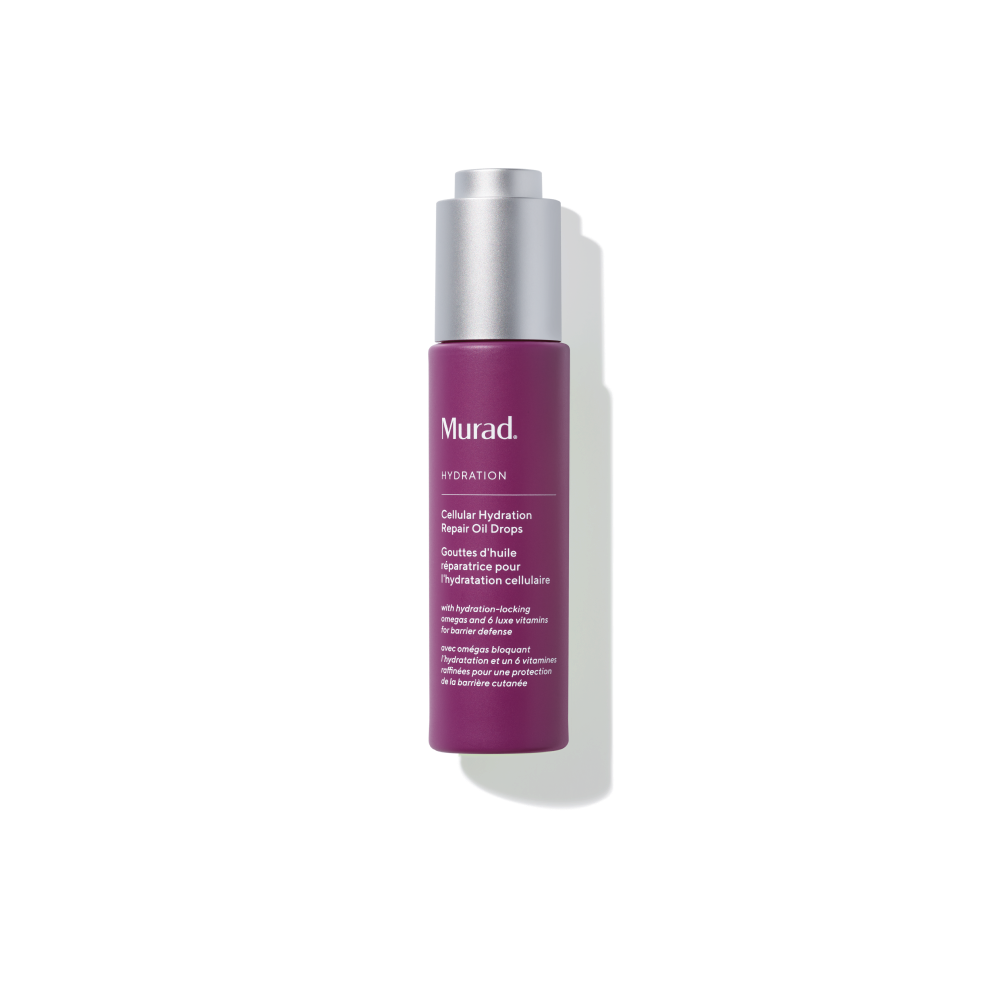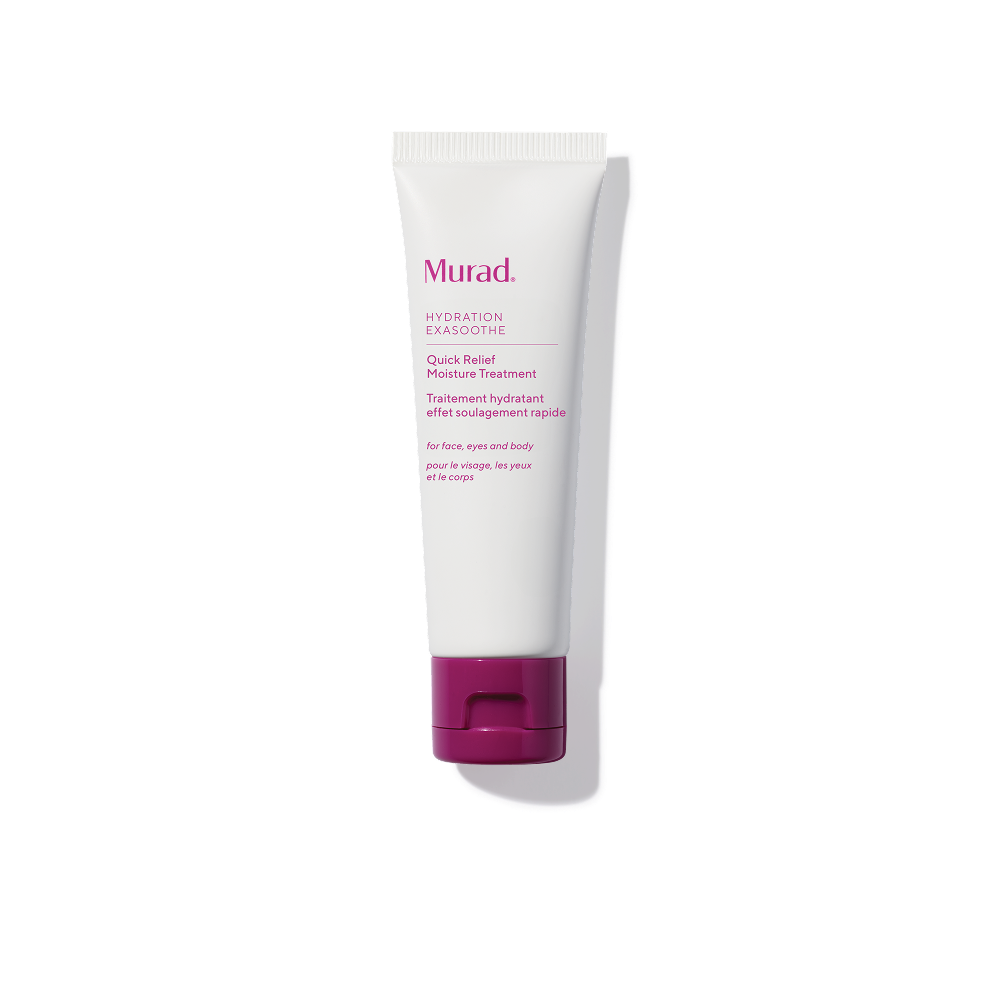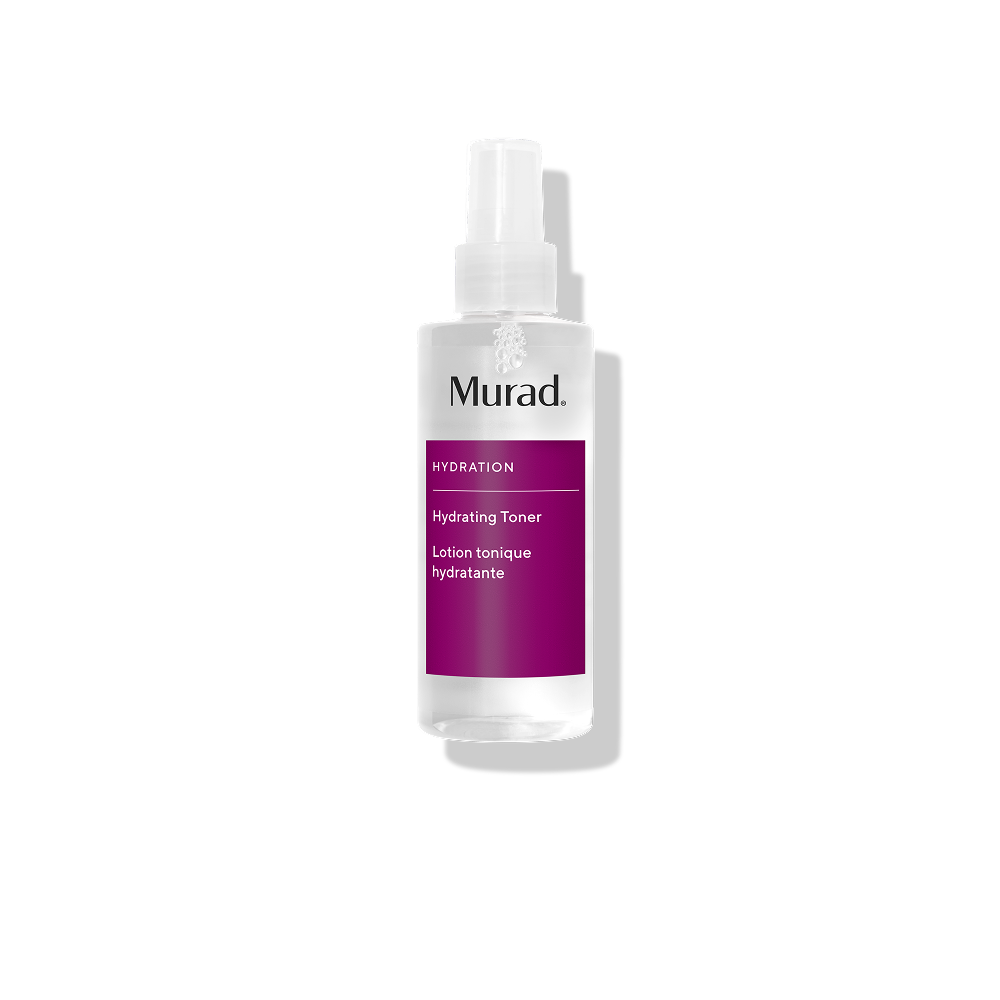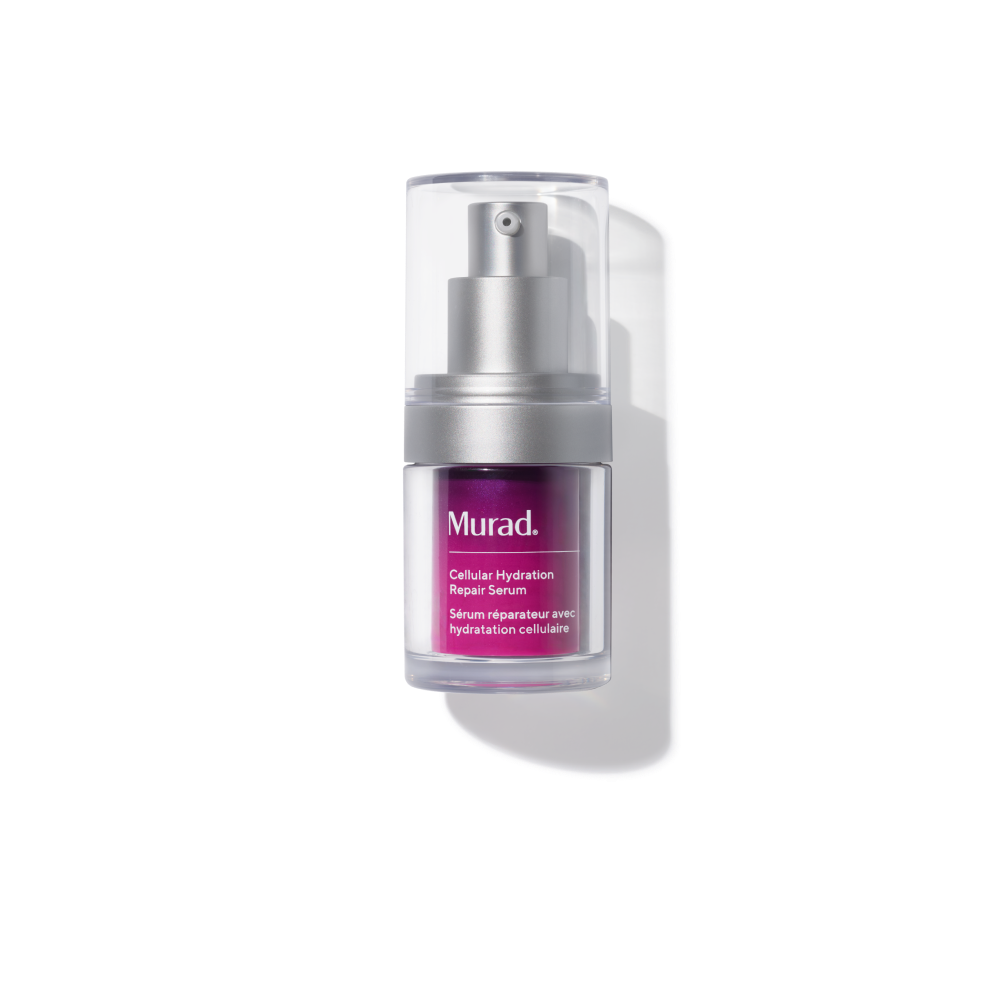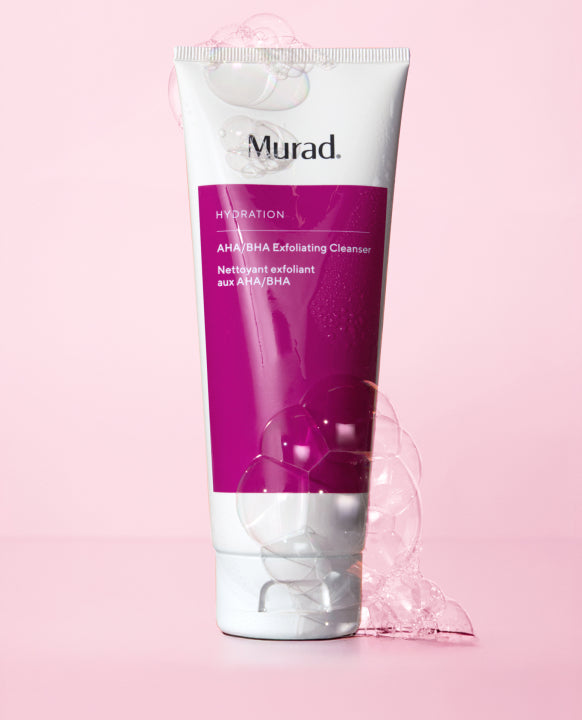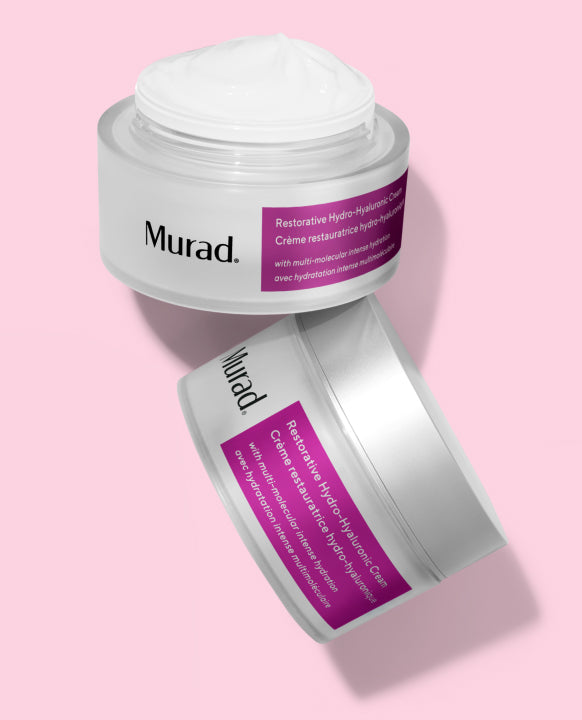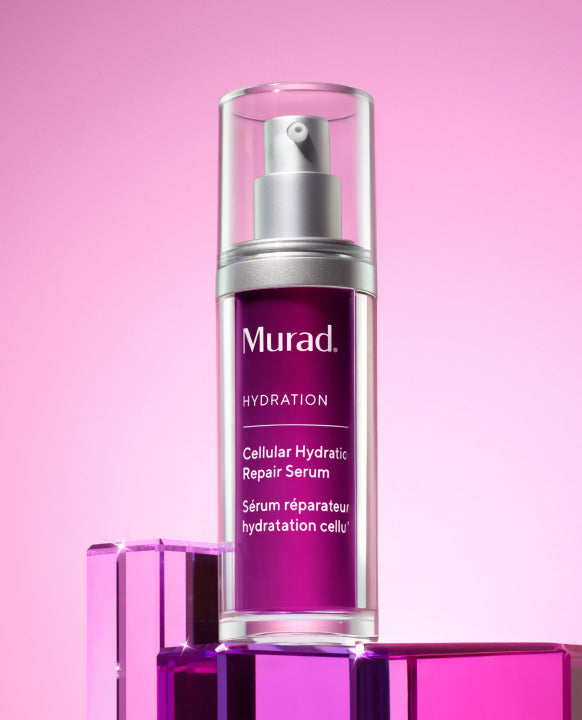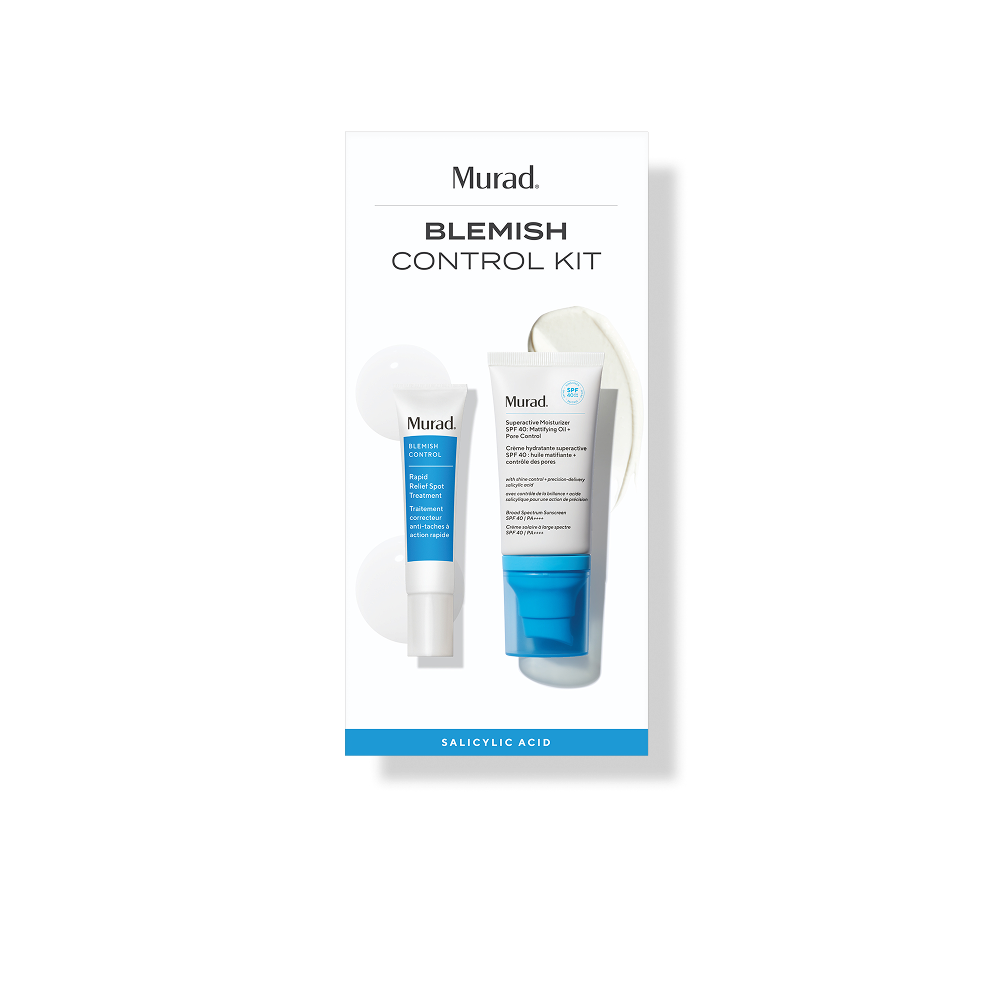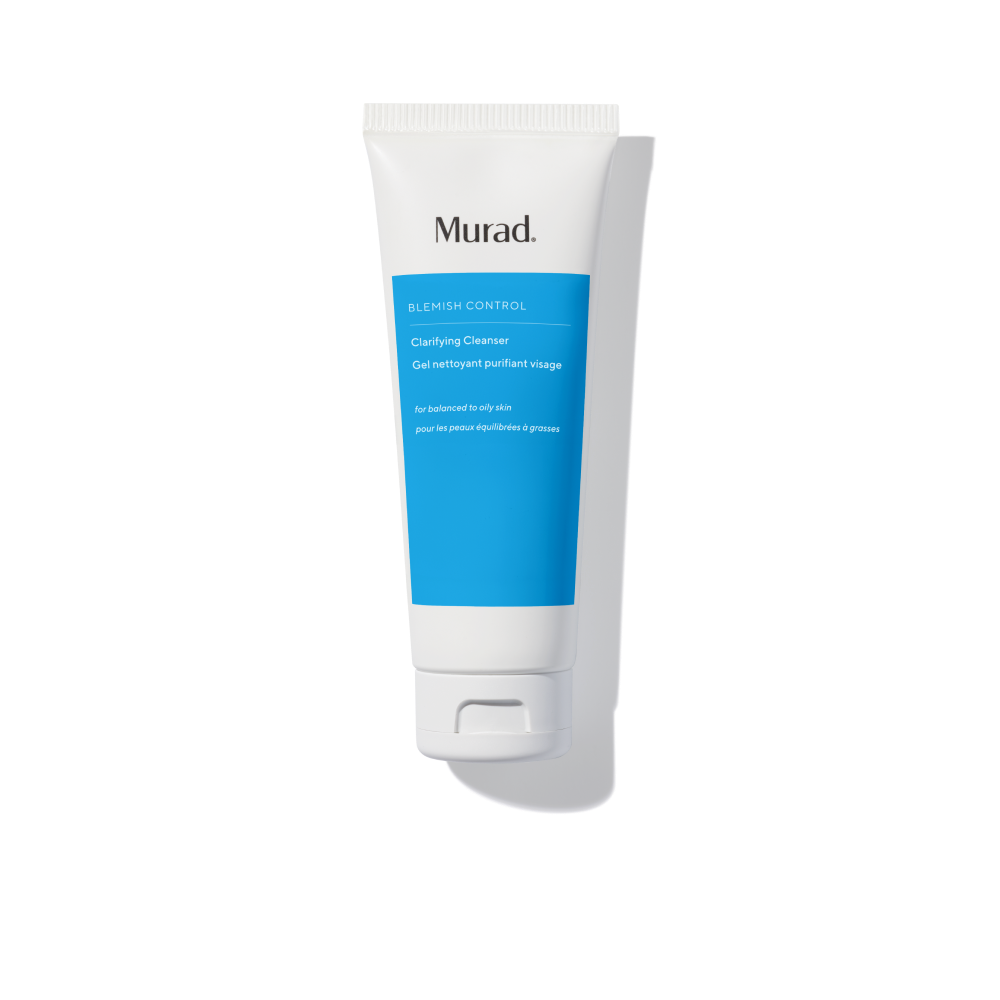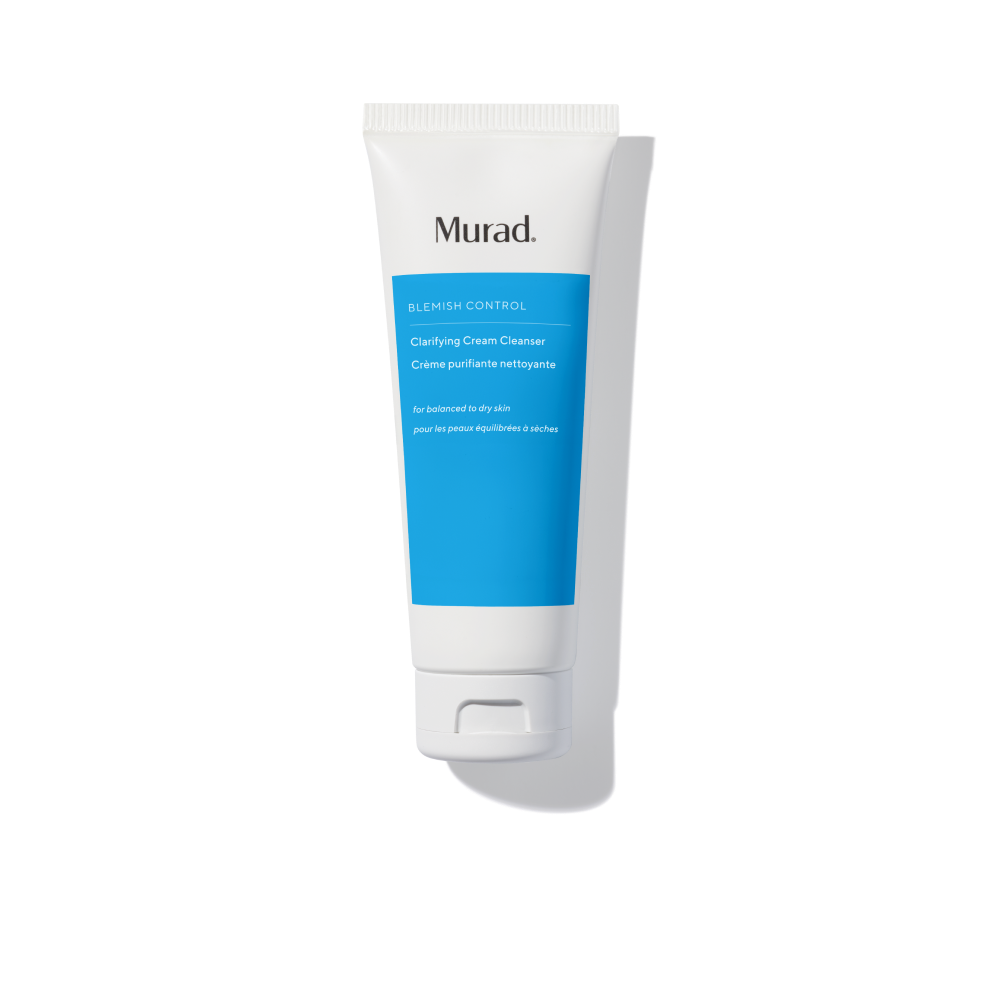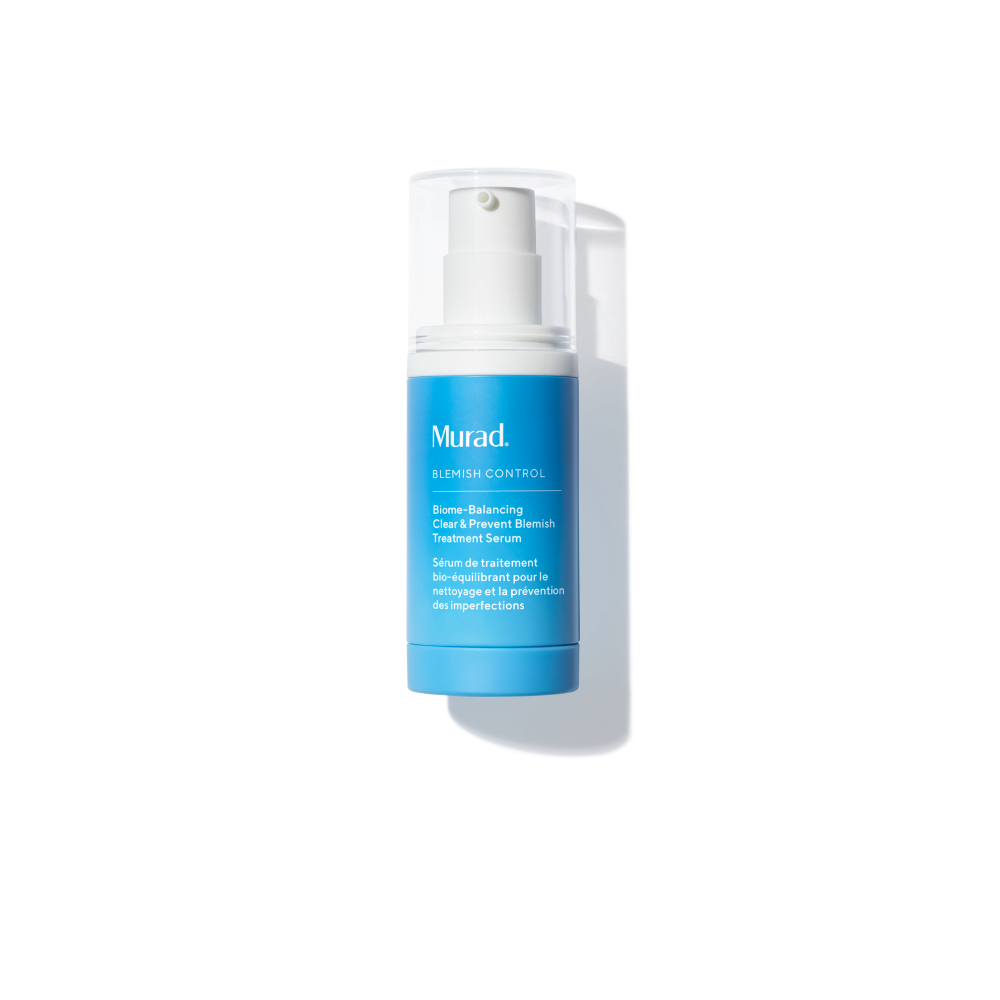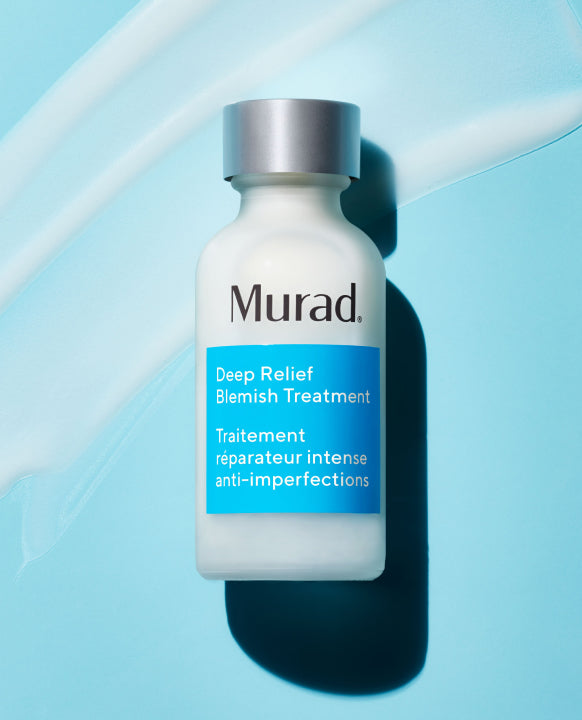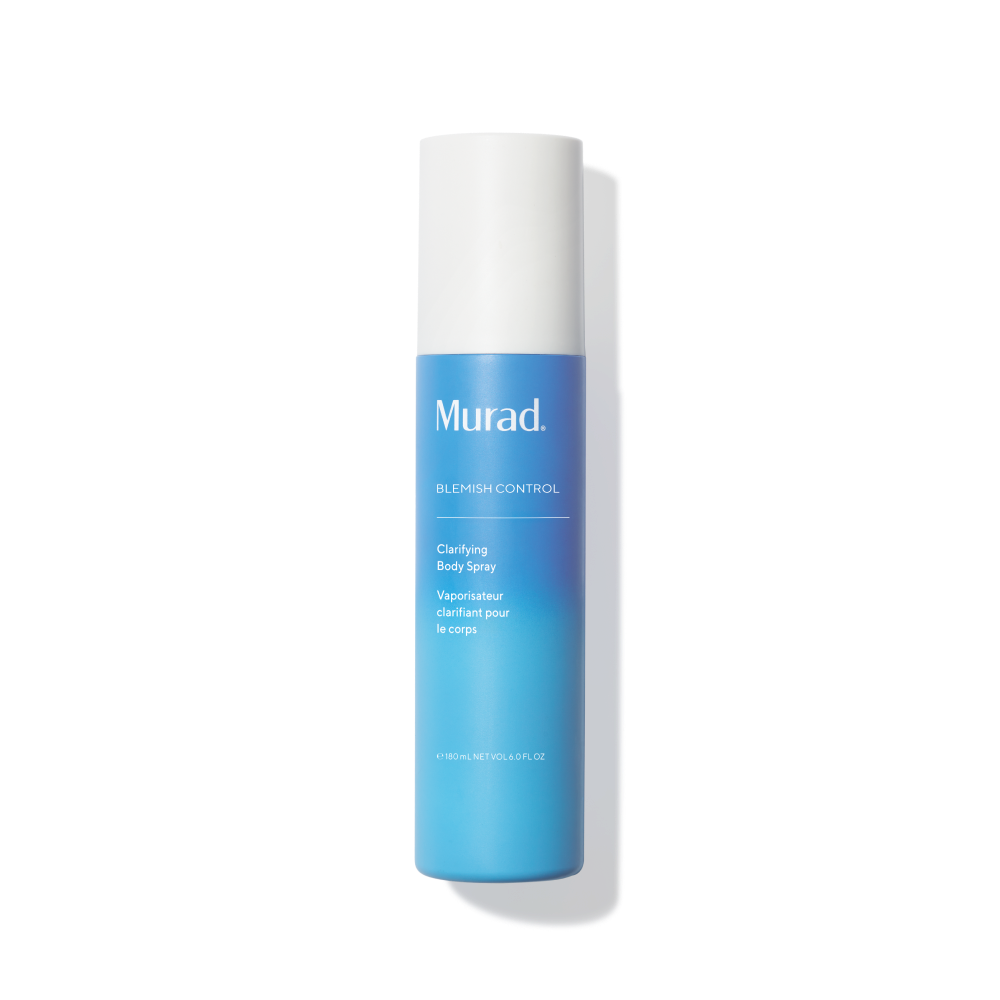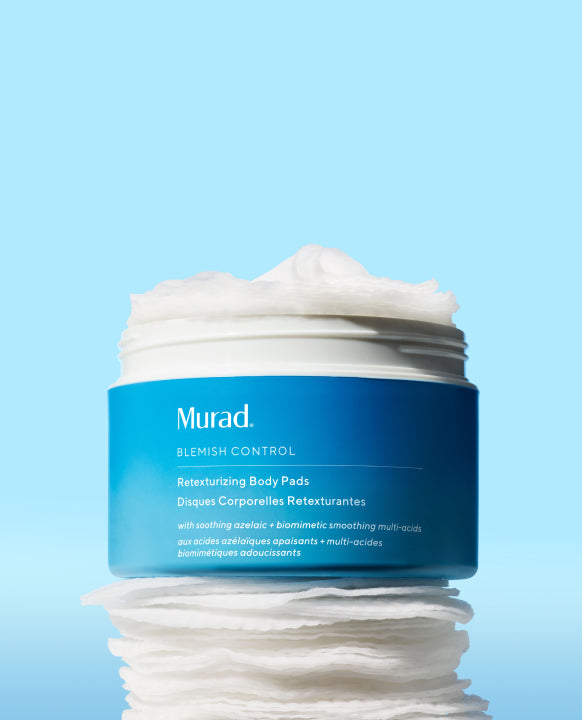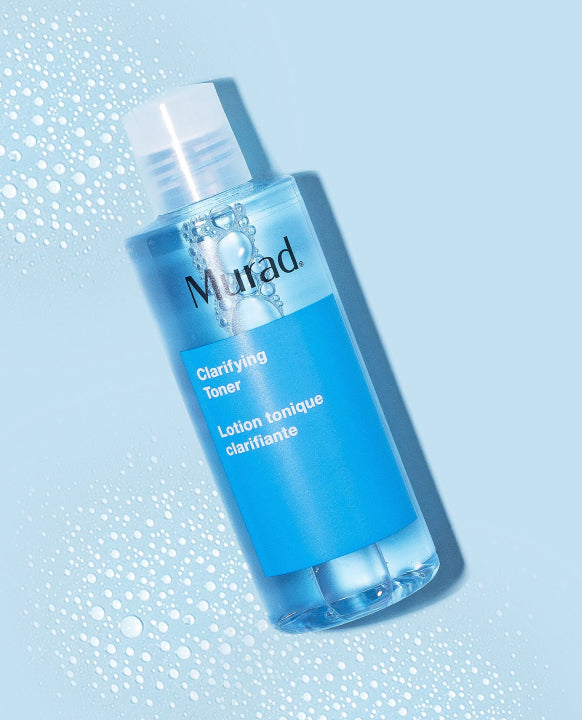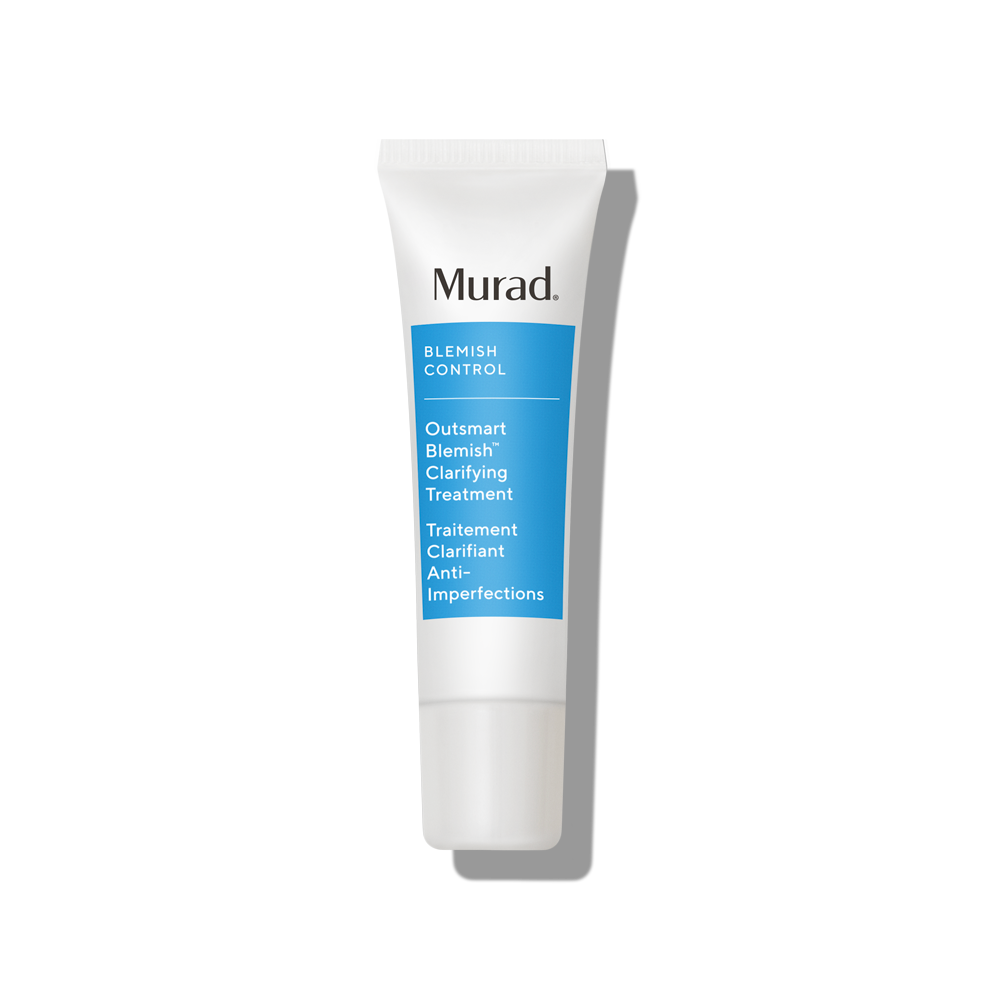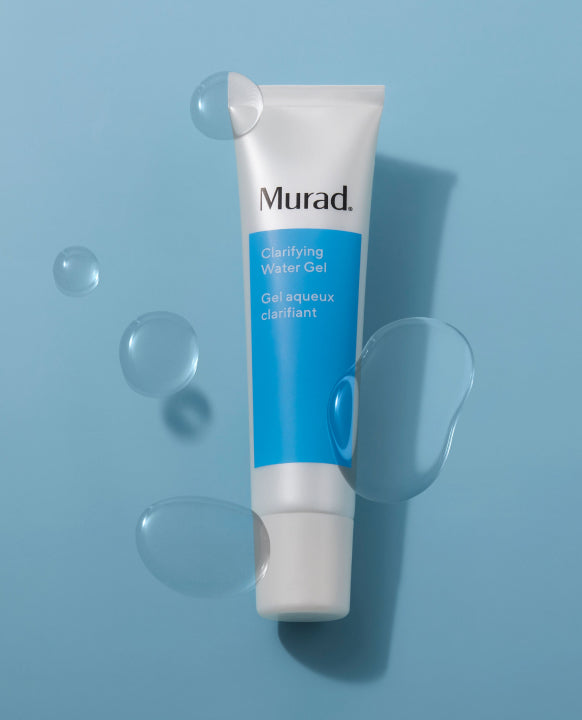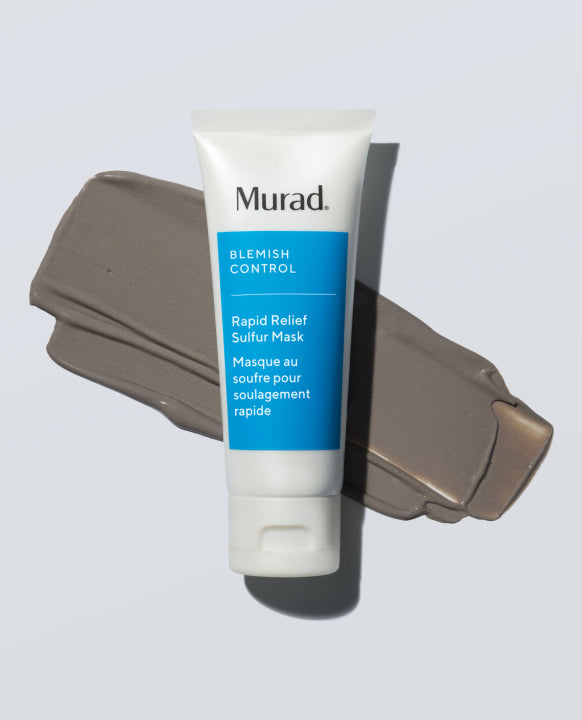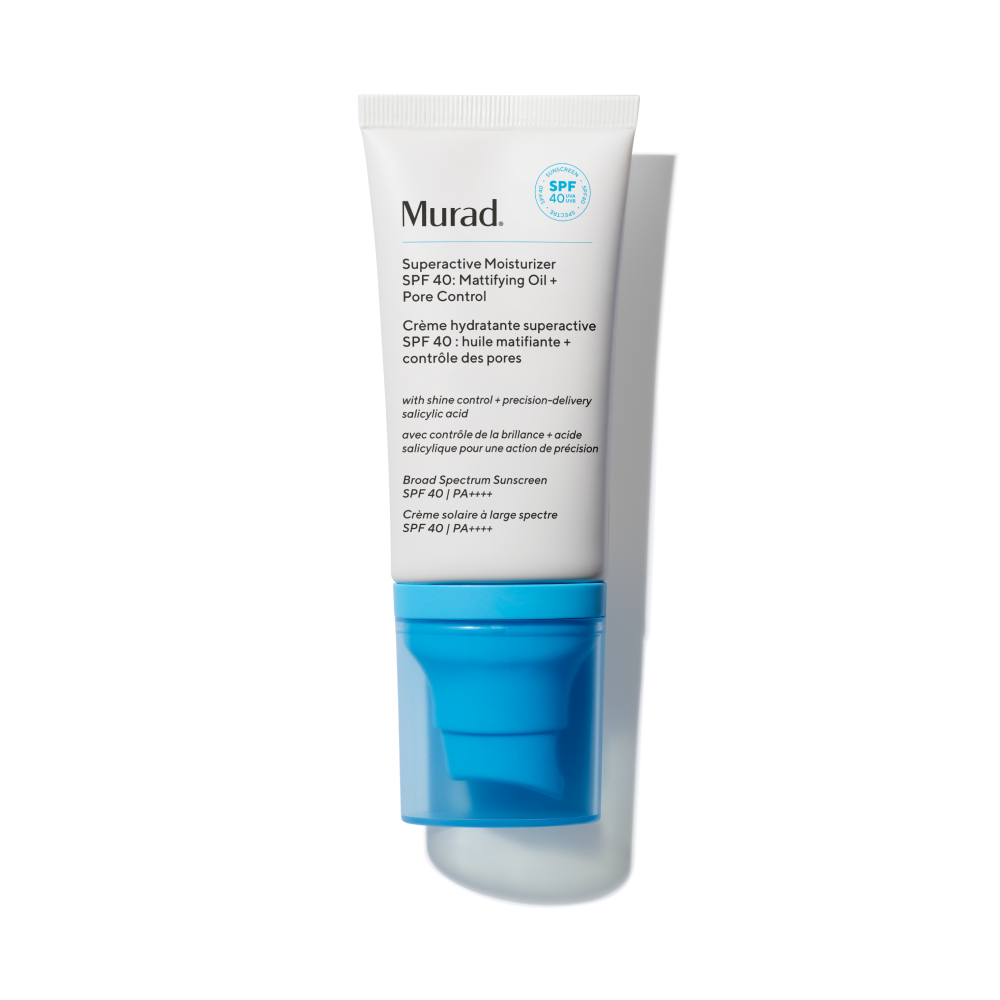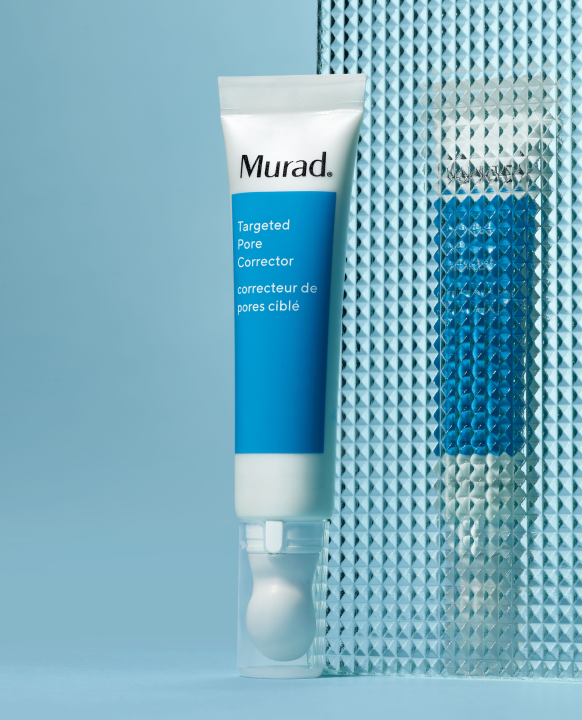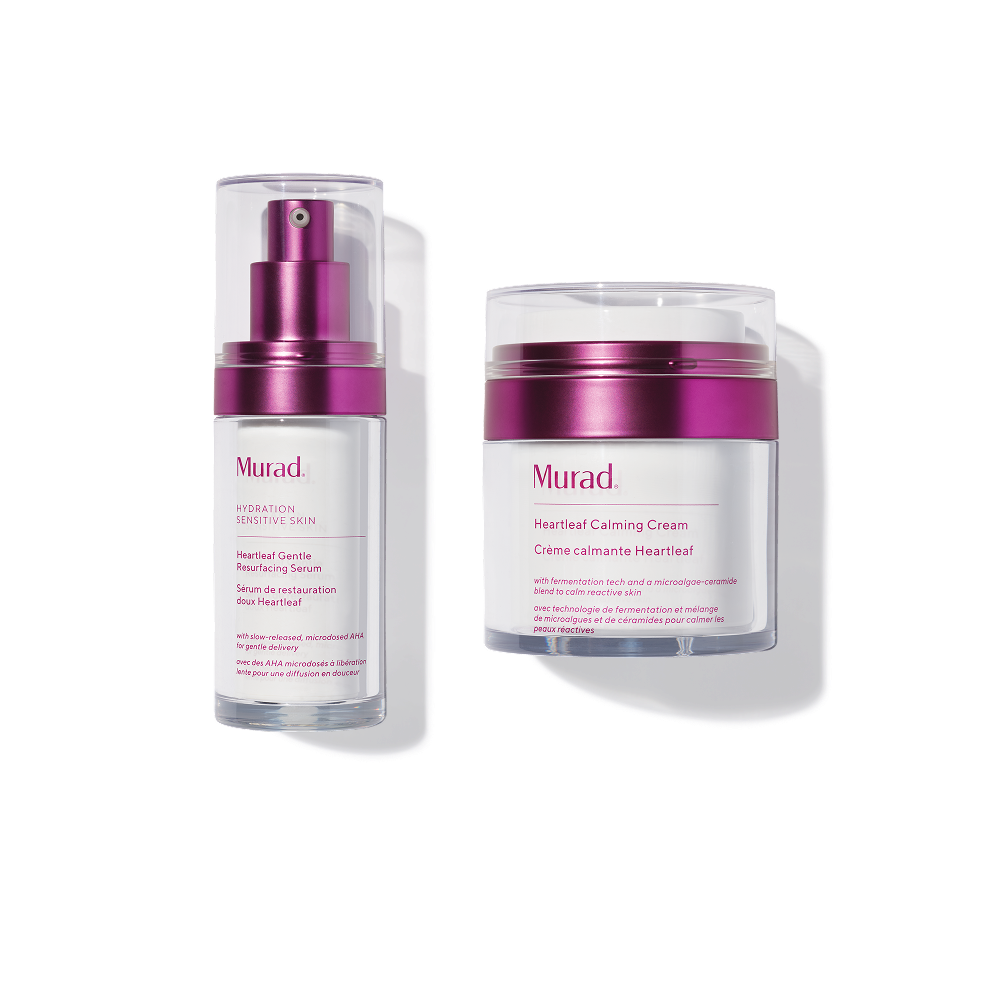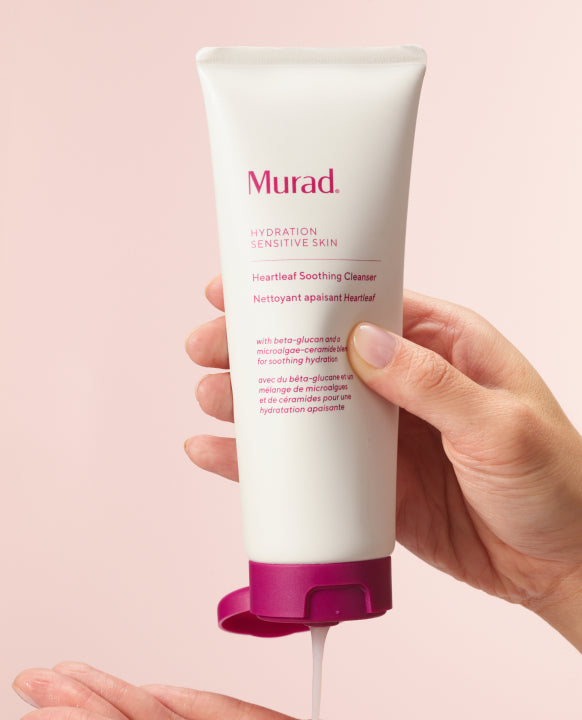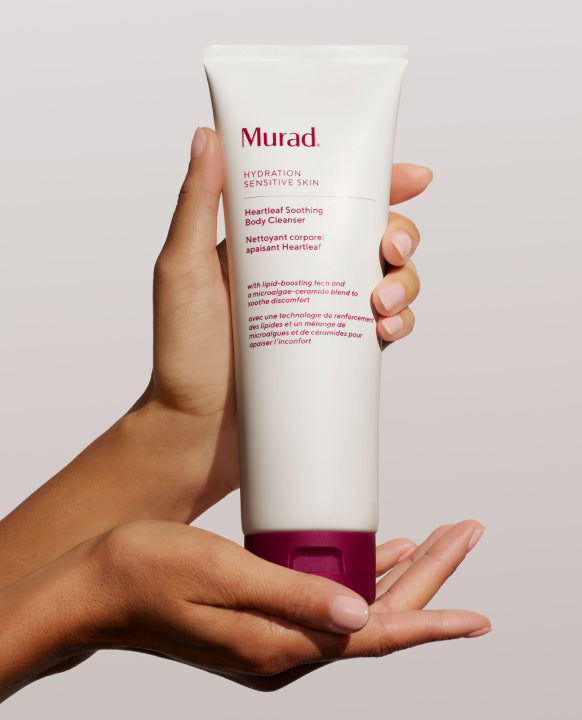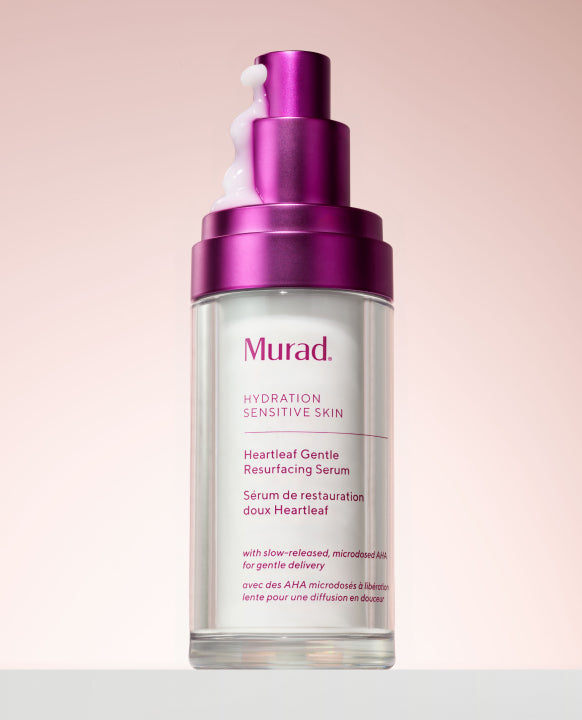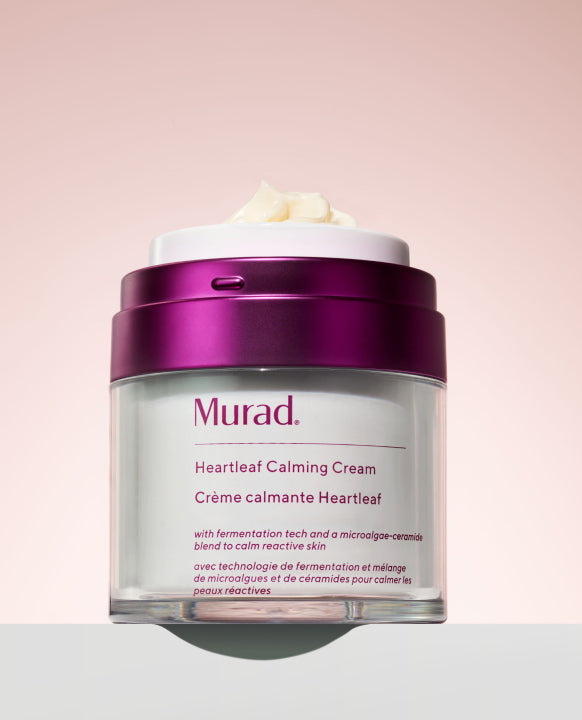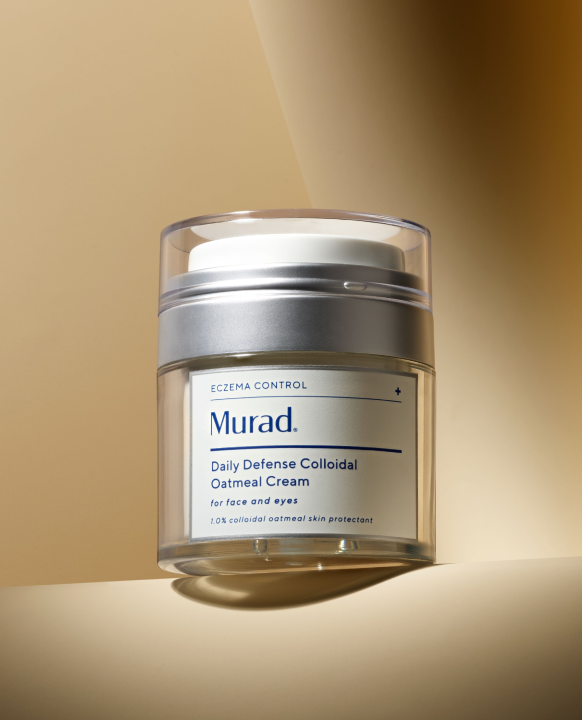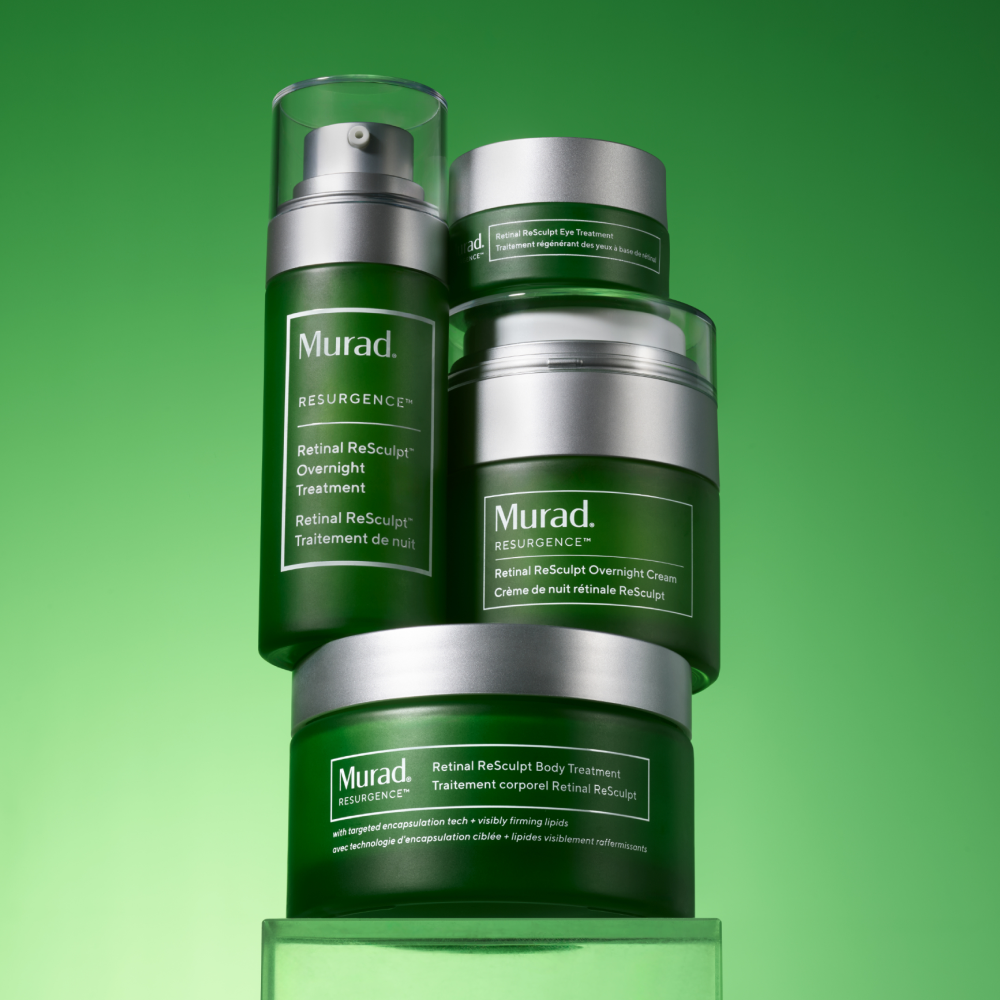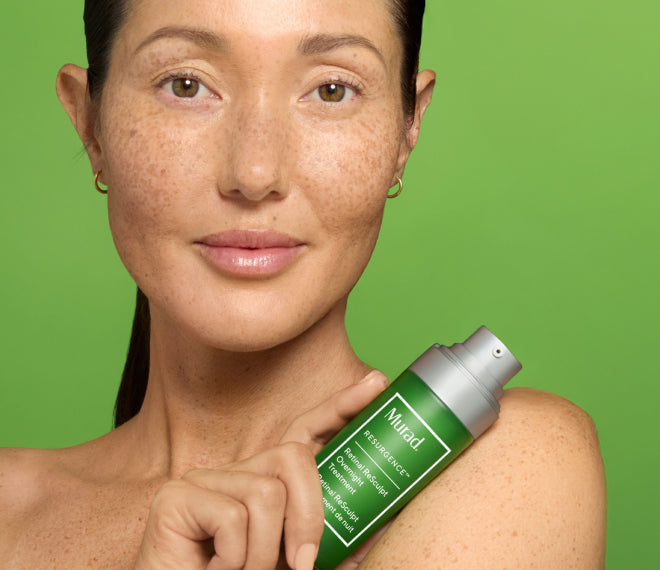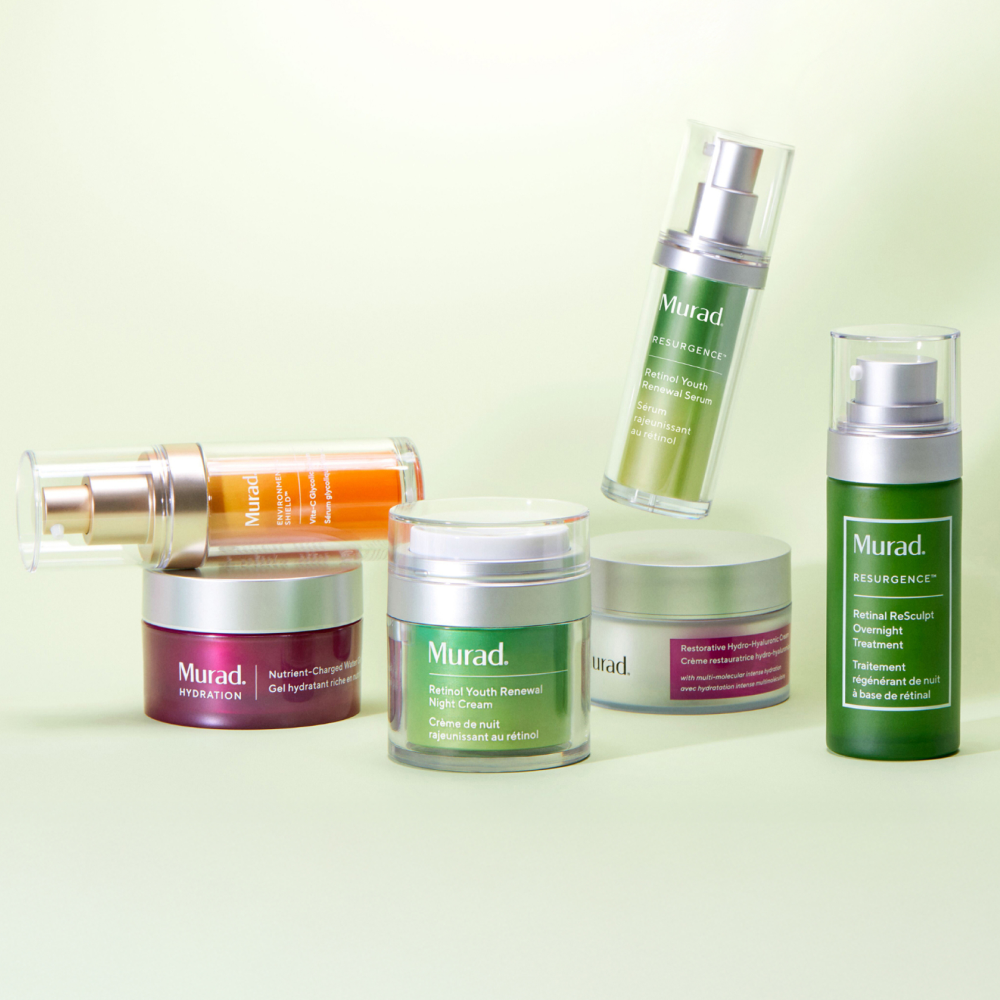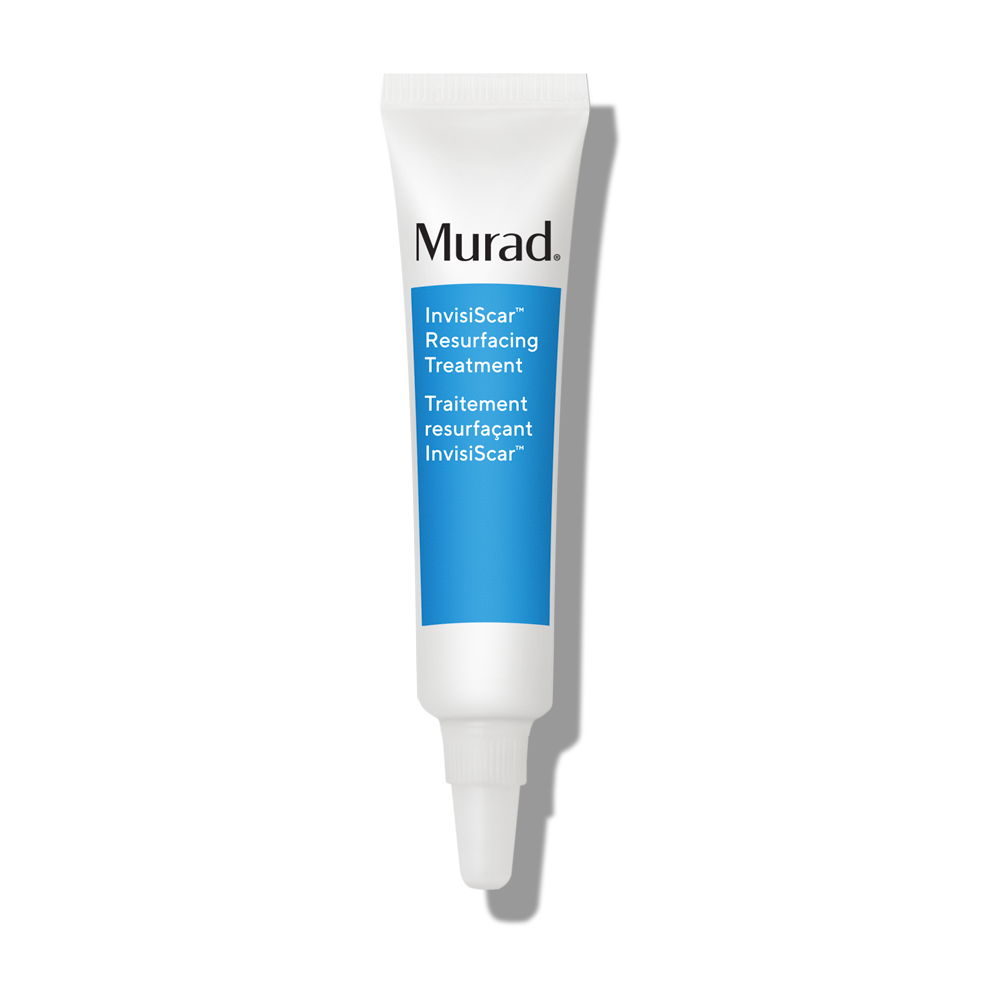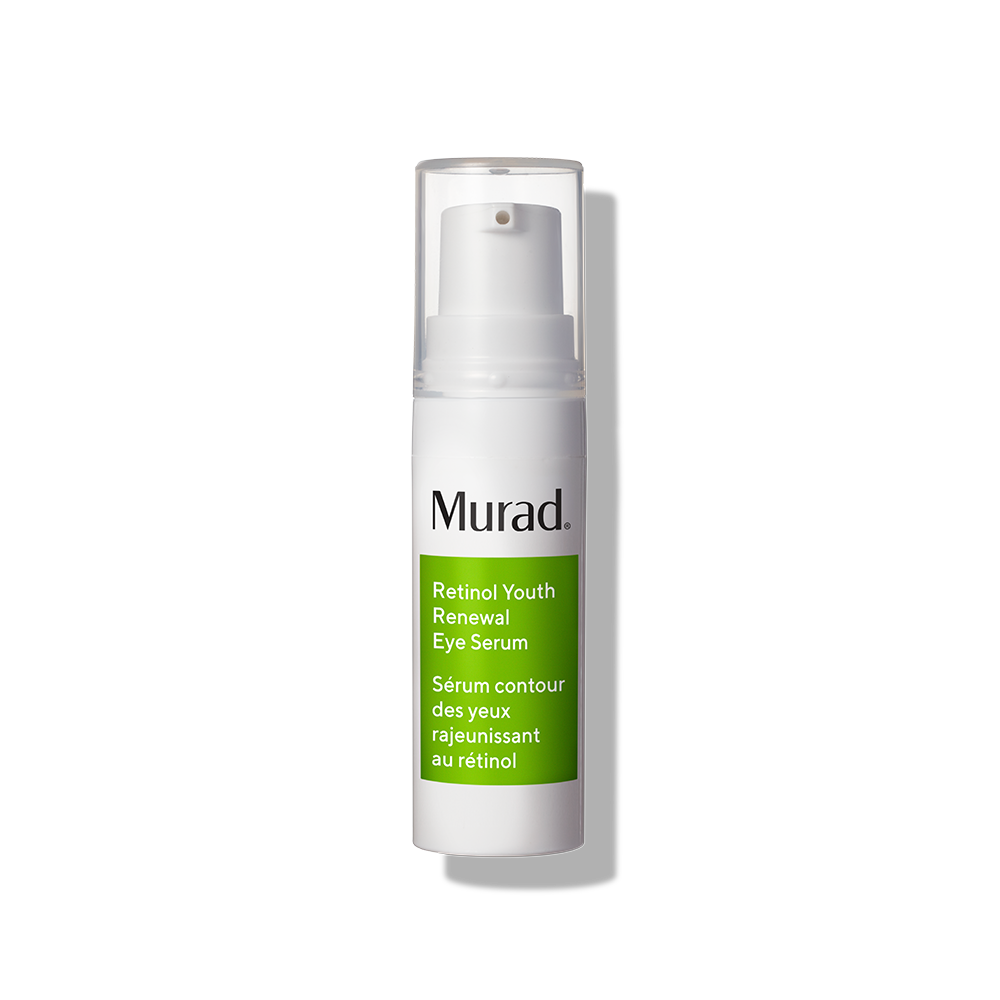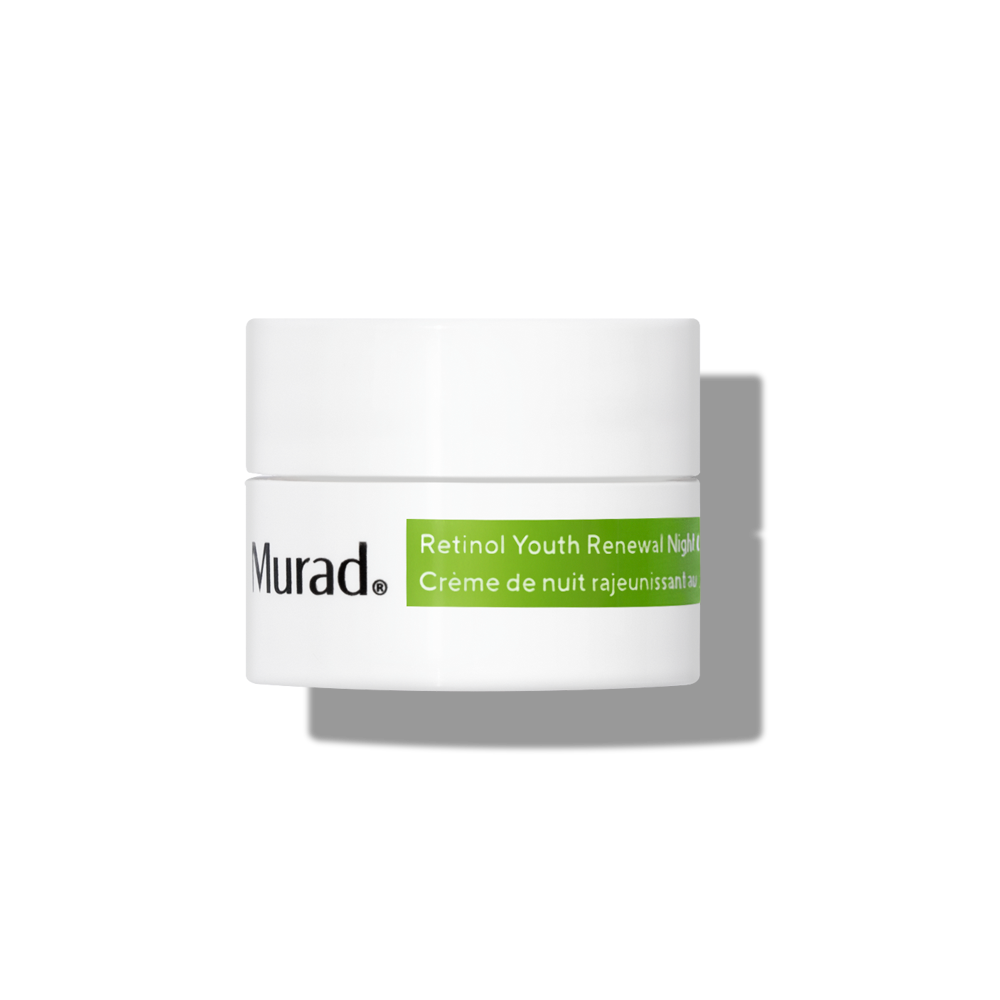Wrinkle wrap-up, part 3: Why you have forehead wrinkles and what you can do about it

Where do forehead wrinkles even come from?
As we age, we gradually lose collagen and elastin in the skin. These key proteins give our skin its plumpness and bounciness. Moreover, they’re why youthful skin is smooth and goes right back into place after movements, and why older skin is thinner and frown lines and laughing lines tend to linger. Our skin also produces fewer natural oils and loses fat tissue, which results in dry and saggy skin. All of these losses that come with age cause or increase the appearance of wrinkle formation.
In addition to UV light, air pollution can also have negative effects on skin. UV and pollution can cause free radicals to attack the skin, disrupt its critical balance, trigger inflammation and wreak havoc on skin cells (this process is known as oxidative stress). Additionally, sun exposure actually breaks down what collagen and elastin the skin does have. These environmental culprits can lead to wrinkles, discoloration, sagging and more.
Additionally, certain forehead wrinkles can be caused by the way facial muscles move, with the most prominent being the glabella lines (aka “elevens”) that live between your brows. The more you scrunch the skin, the lines that were once dynamic (only there while you were moving your face) become static (basically wrinkles that are there all of the time). Horizontal forehead lines are often seen when we’re surprised or delighted, and vertical forehead lines can surface when we’re distressed.
How to prevent forehead wrinkles, ingredient by ingredient.
While we can’t fight time, there are things we can do to help prevent forehead lines. This includes wearing the almighty SPF and using key skincare products. If you can supply your skin with the proper clinically proven ingredients, you can lead with prevention: Retinols and peptides can help firmness and encourage cell turnover; hyaluronic acid can help the skin retain barrier-protecting moisture; and antioxidants such as vitamin C help fight aging free radicals. Alpha-hydroxy and beta-hydroxy acids are also key, as they gently exfoliate skin and contribute to an overall smoother texture and tone. In essence, they can open the pathway for hydration and improve penetration of products.
For more permanent results to reduce the look of deep-set wrinkles formed over years and years, many dermatologists recommend Botox injections to paralyze forehead muscles and thus reduce the wrinkles formed there. But if you’re looking for something a little less invasive (and less expensive), there are other options. When powerful peptides (such as elasticity-boosting hexapeptide to help skin “bounce back”) are combined with ultra-hydrating hyaluronic acid and moisture-locking squalene, the appearance of forehead lines can be instantly reduced.
About the Author
Jacki Marzano is SoCal-based storyteller and head copywriter at Murad Skincare. She's shaped the voice of some of the most recognized beauty brands in the business, has a penchant for sharing homemade cookies, and believes SPF is the secret to getting carded well into your 40s.
